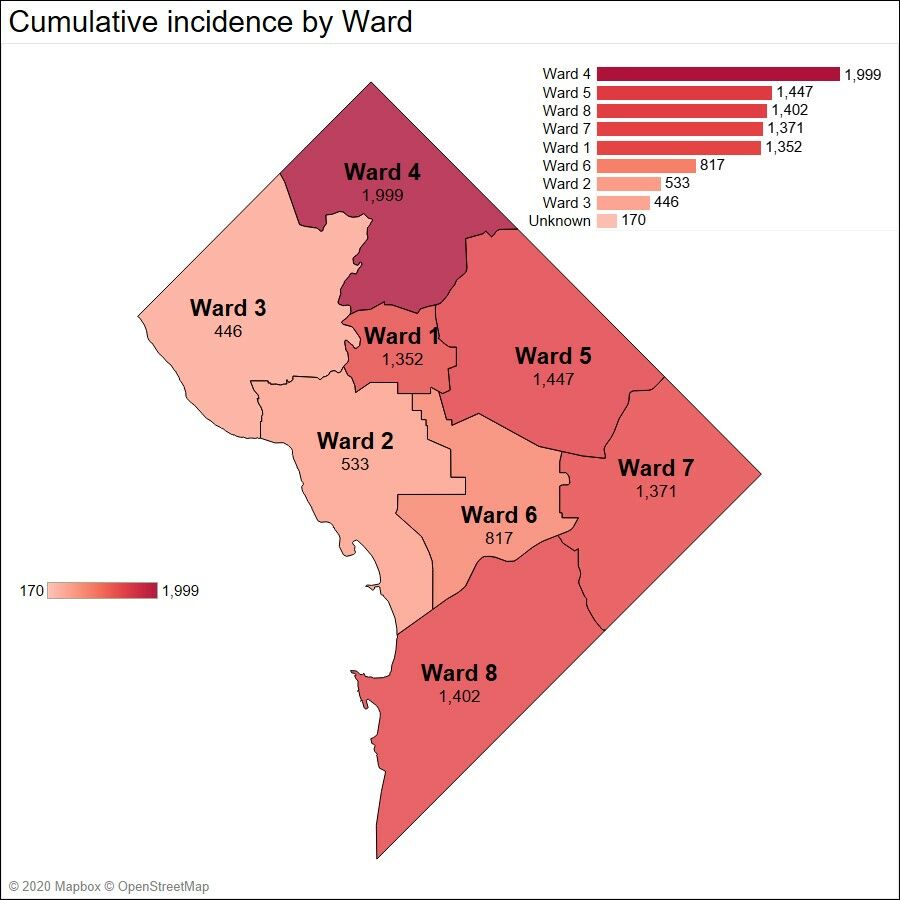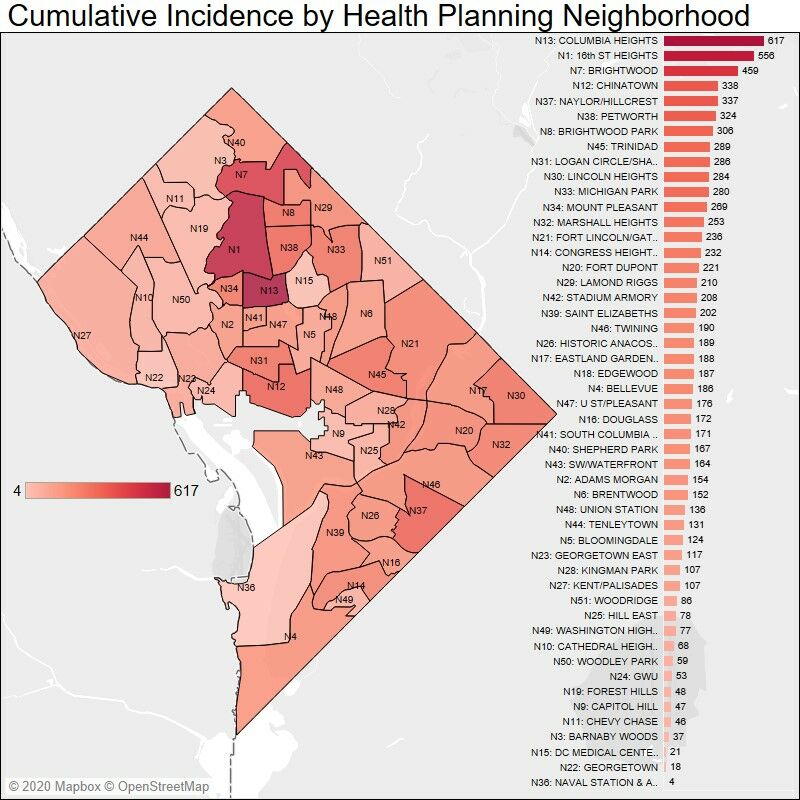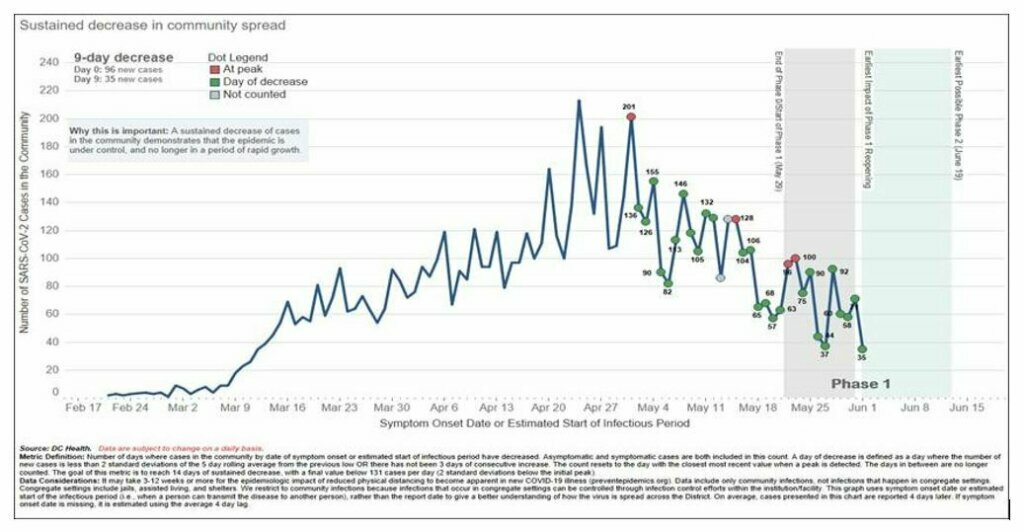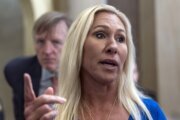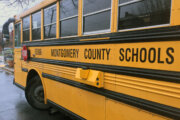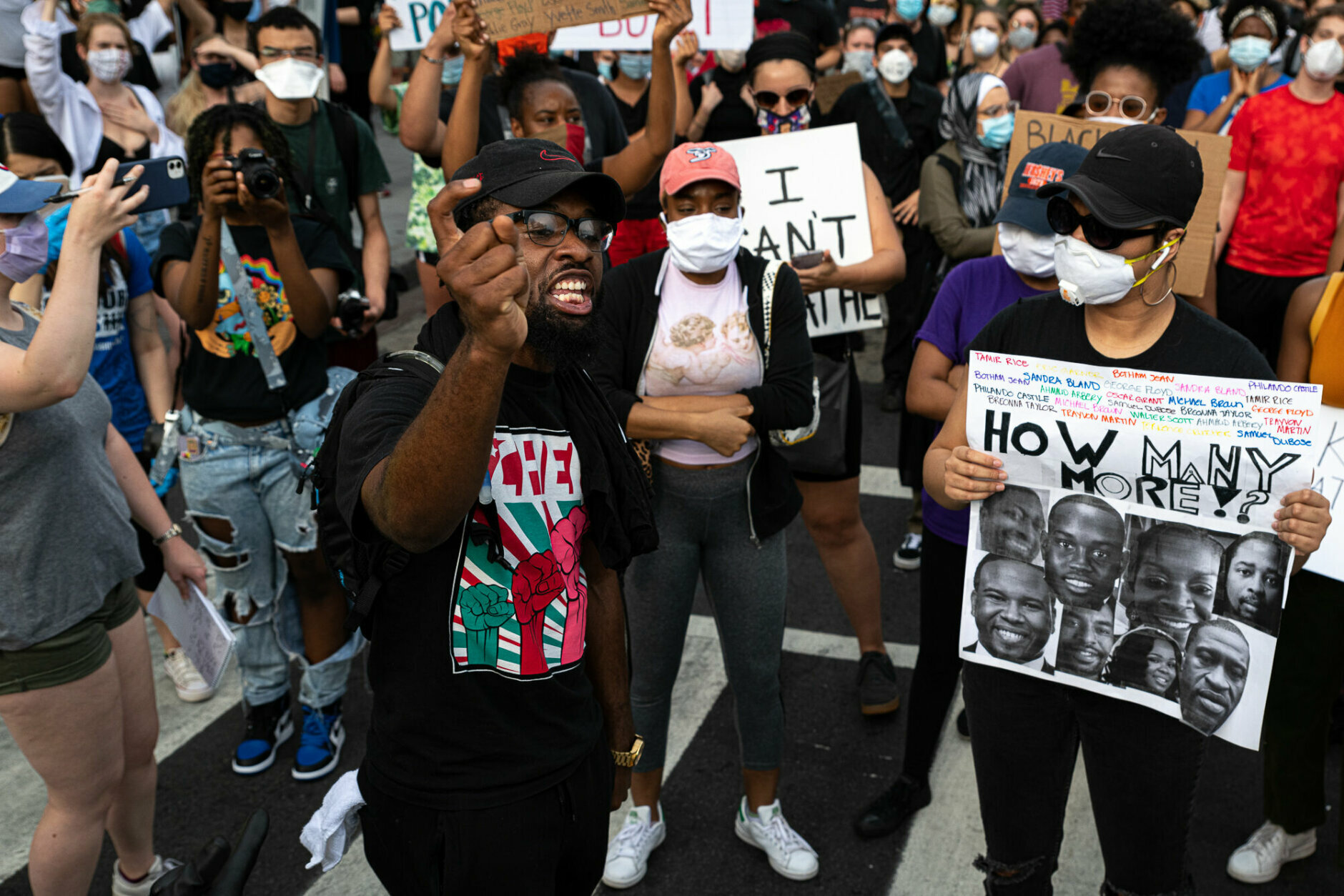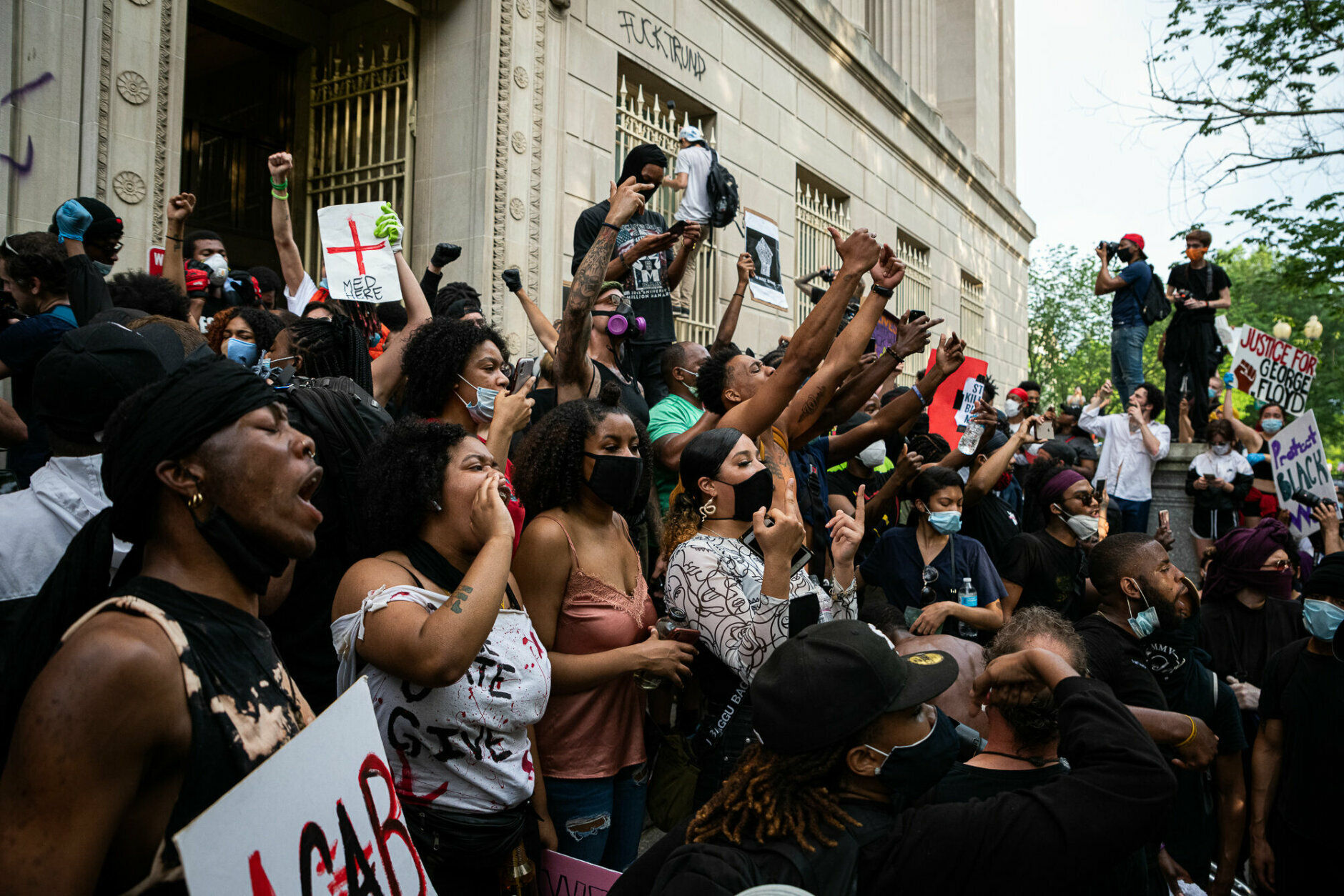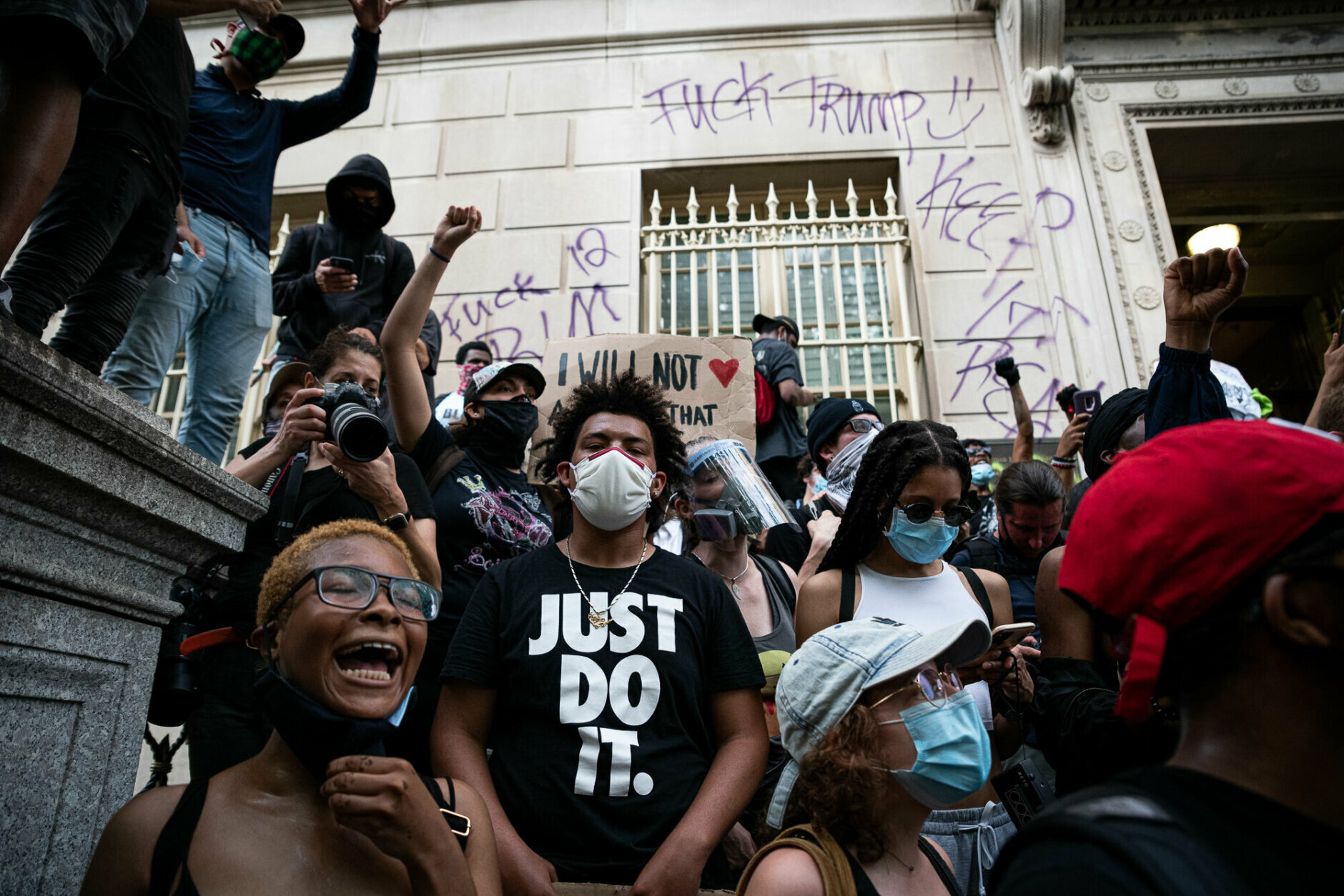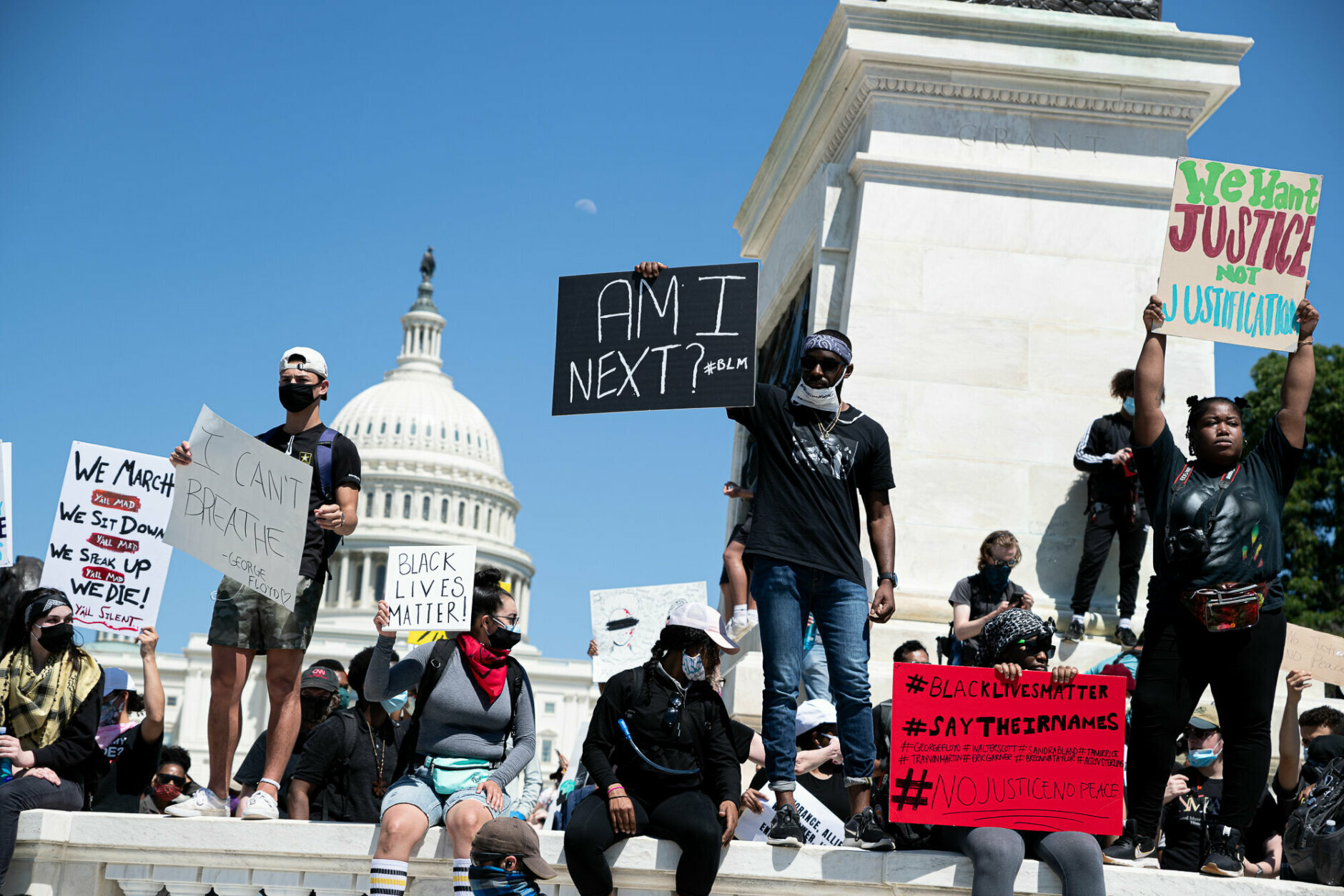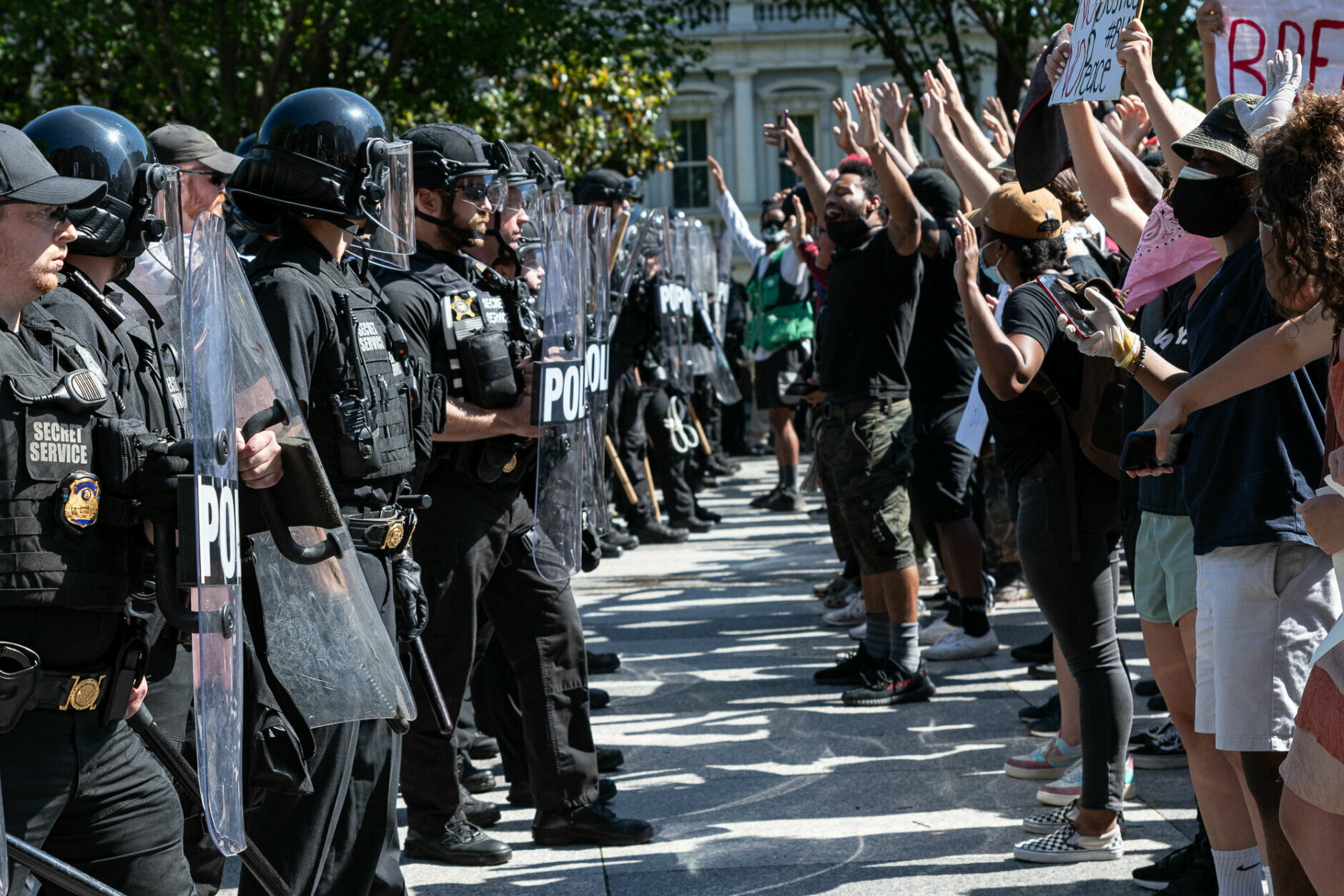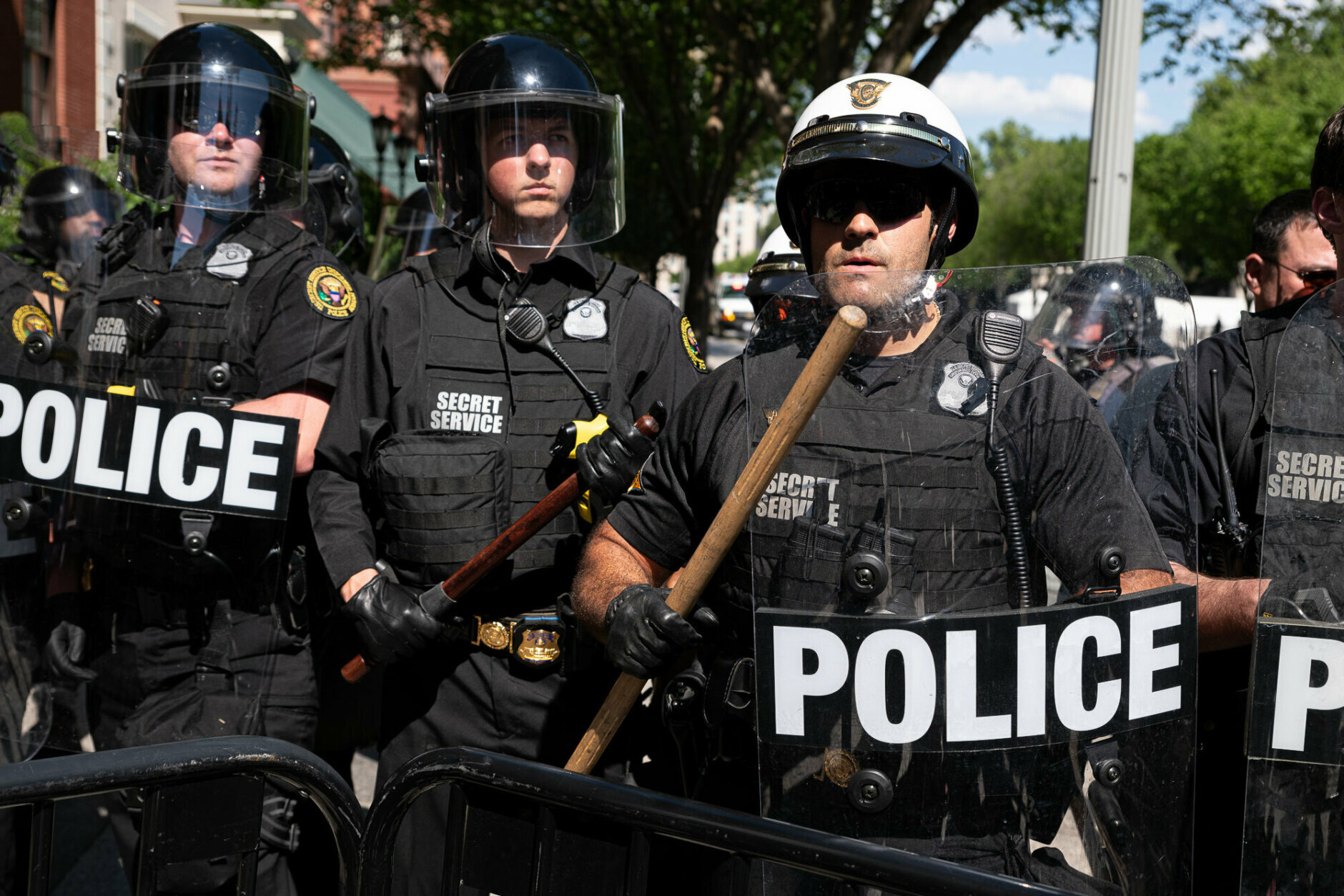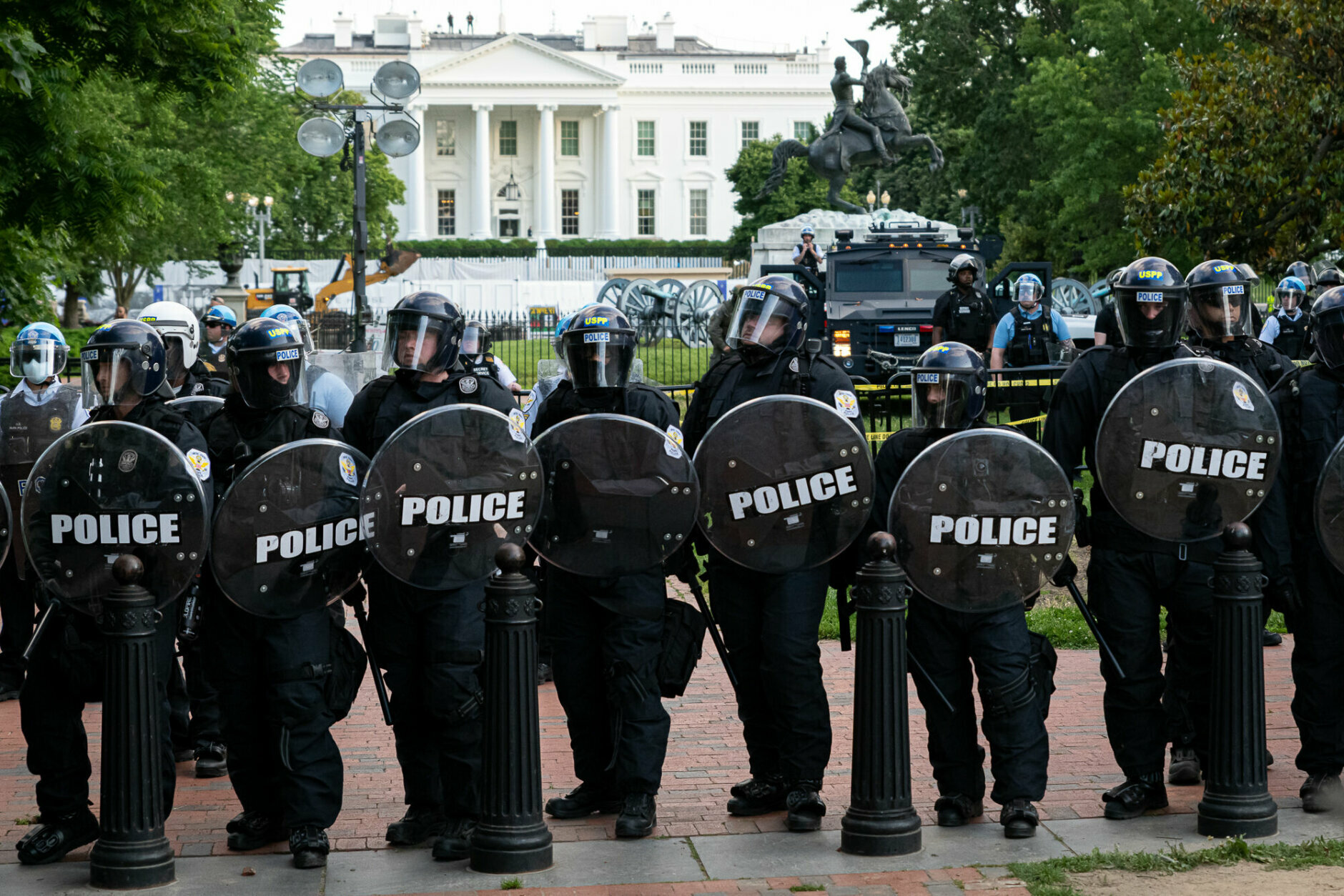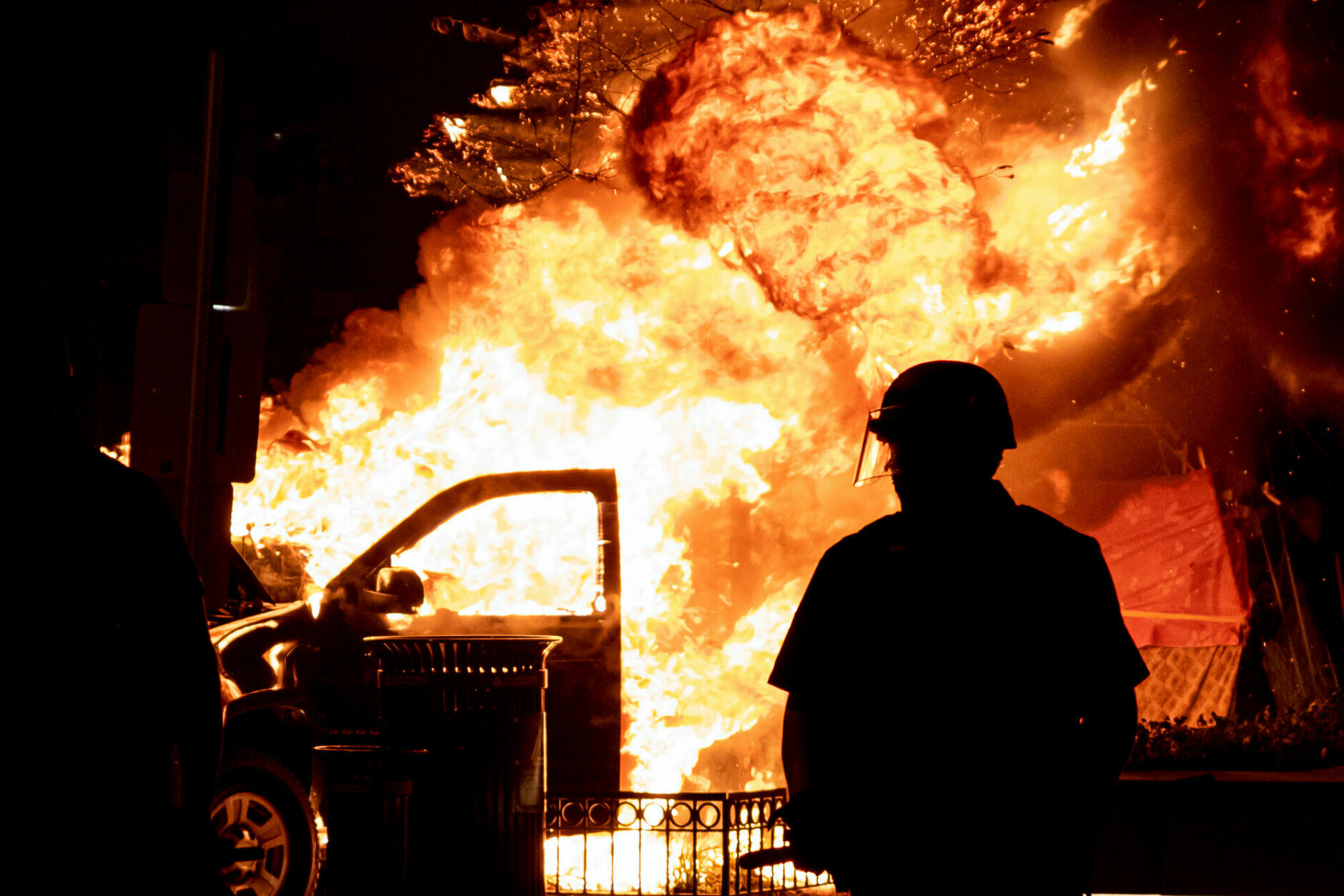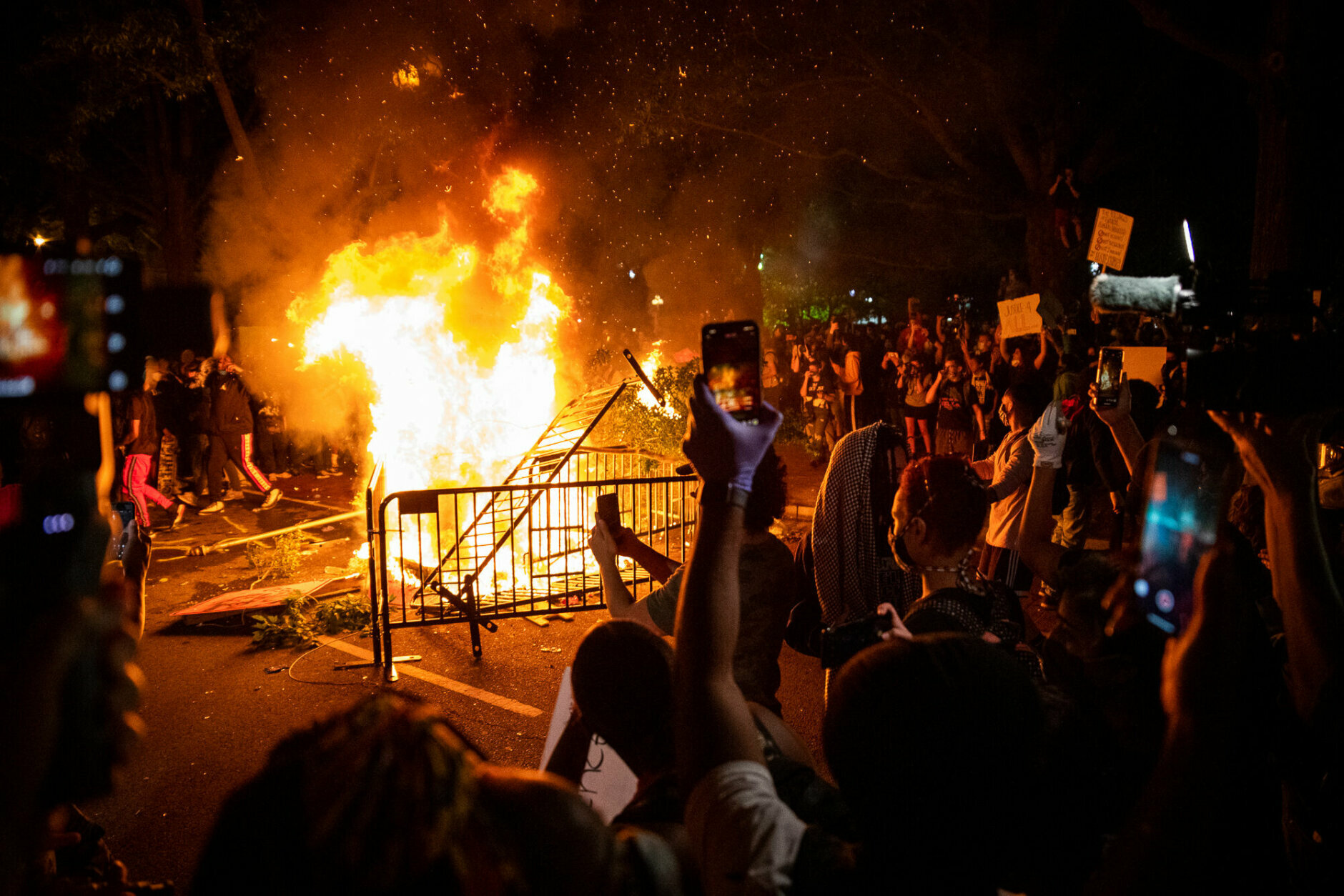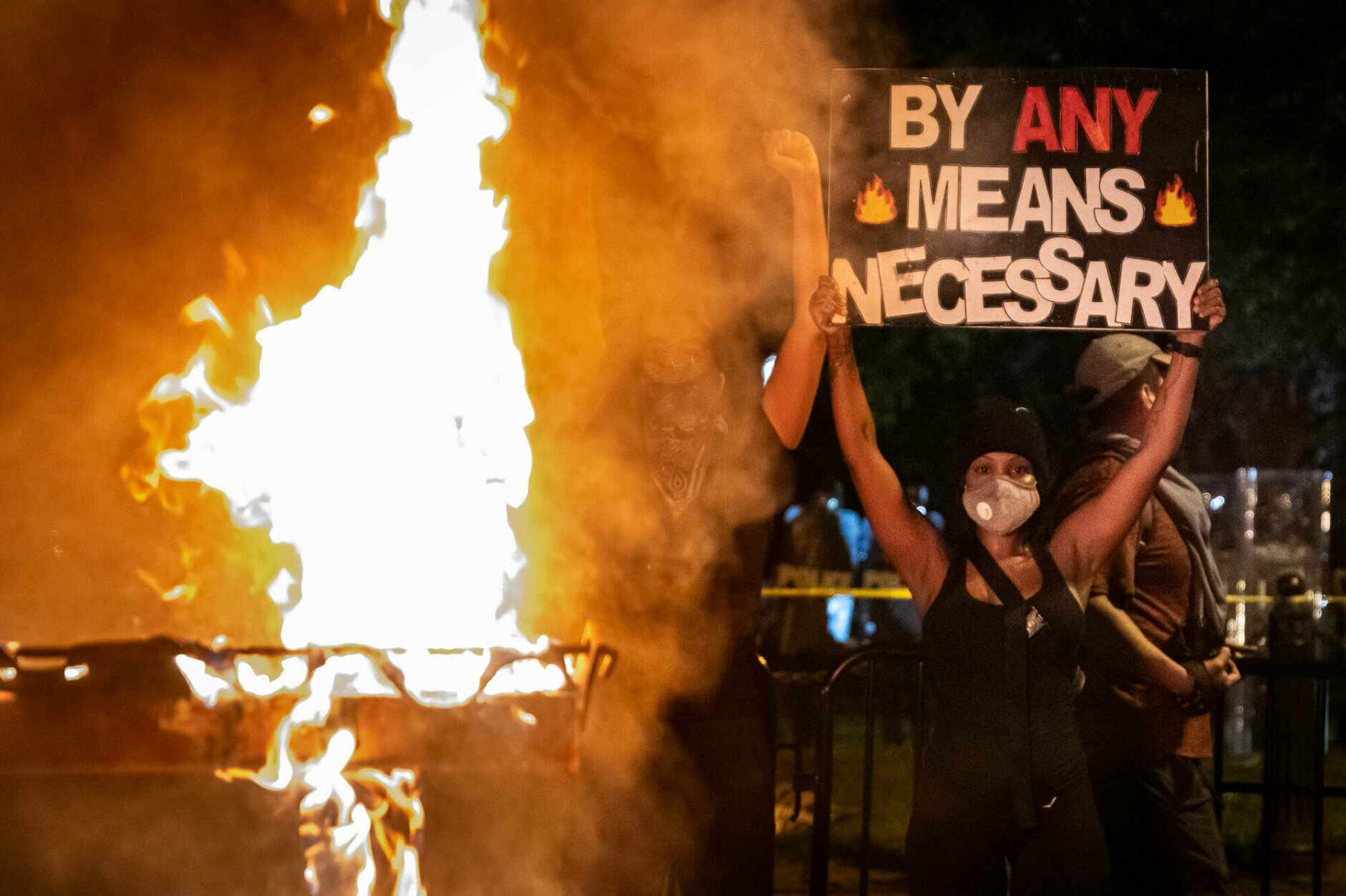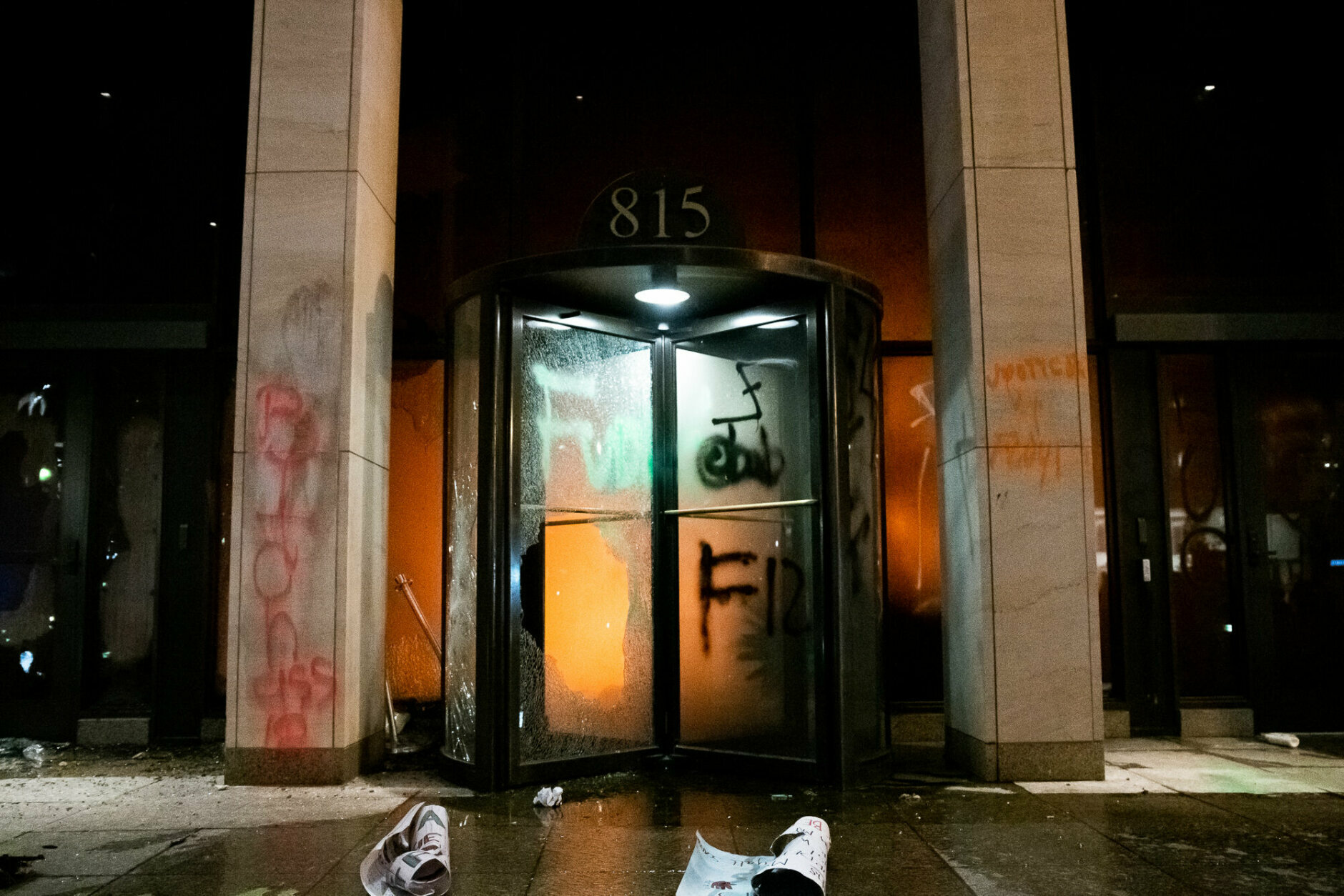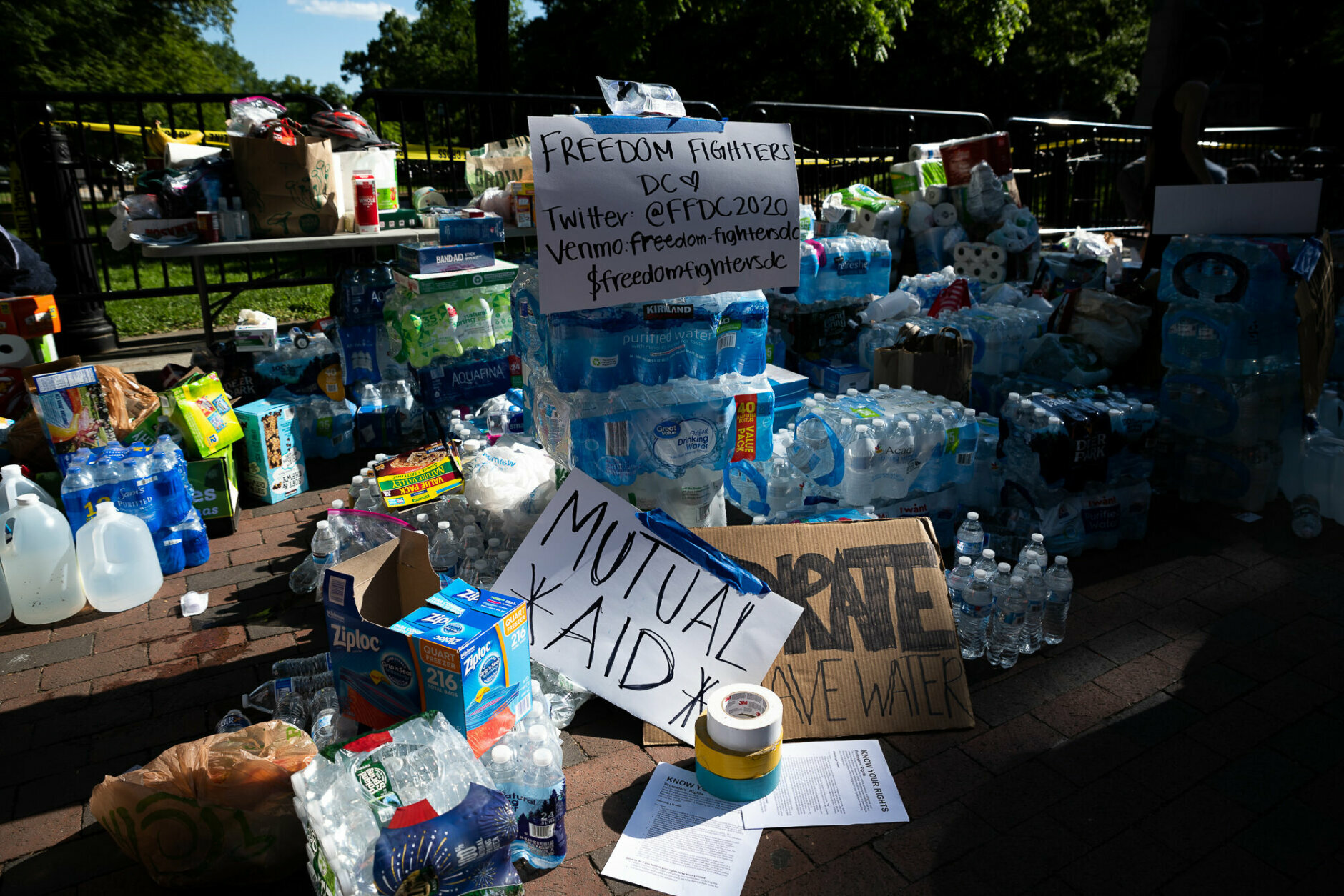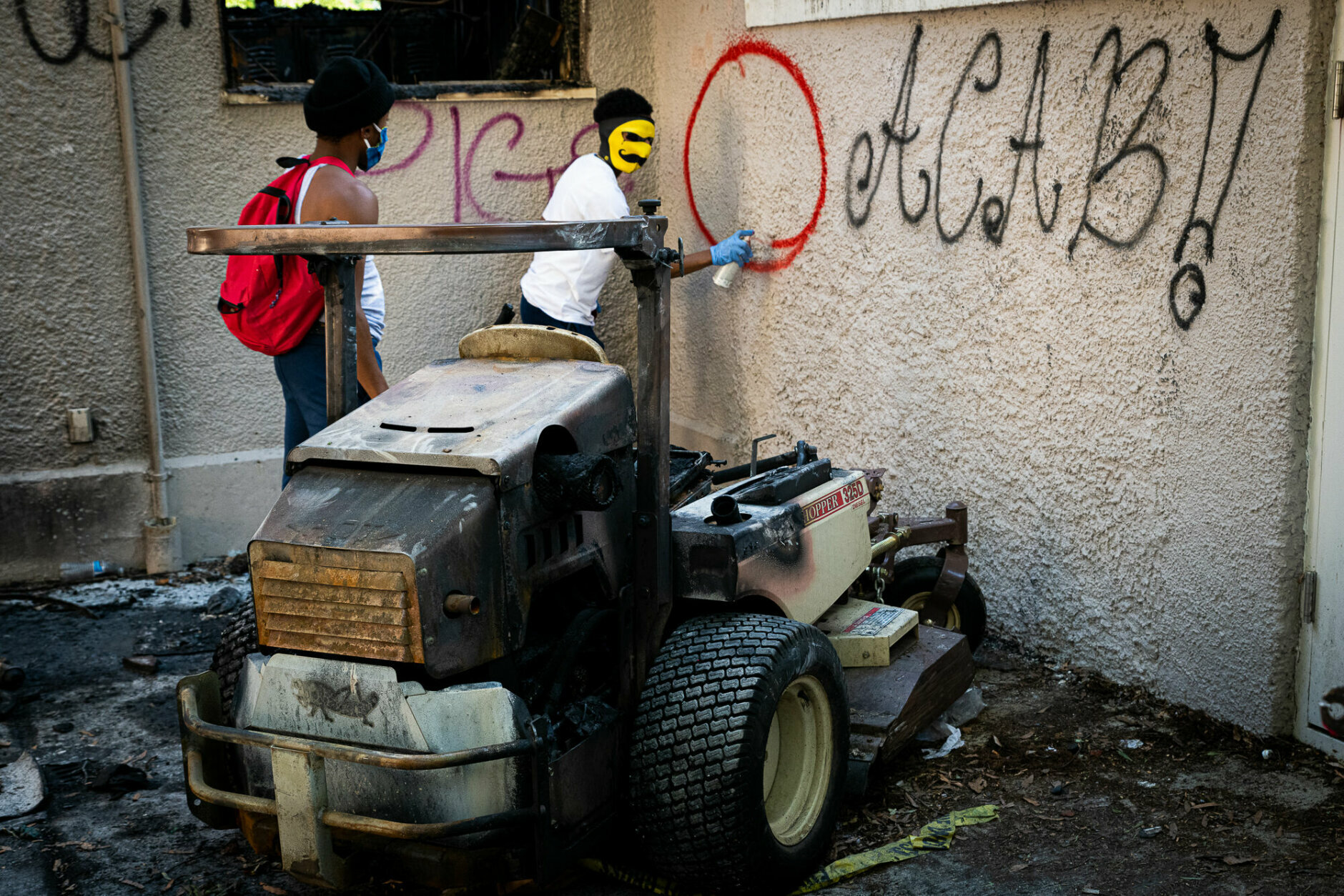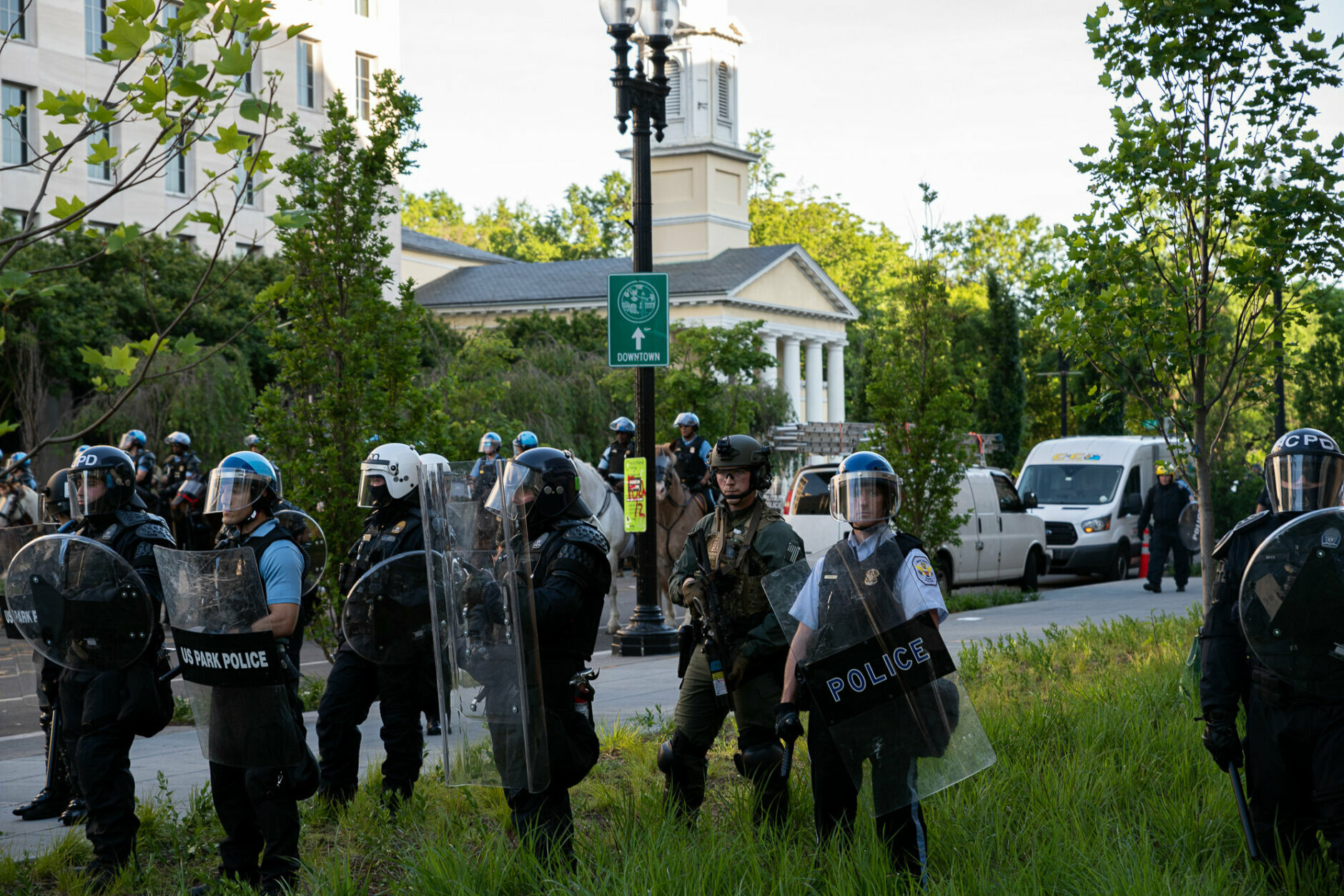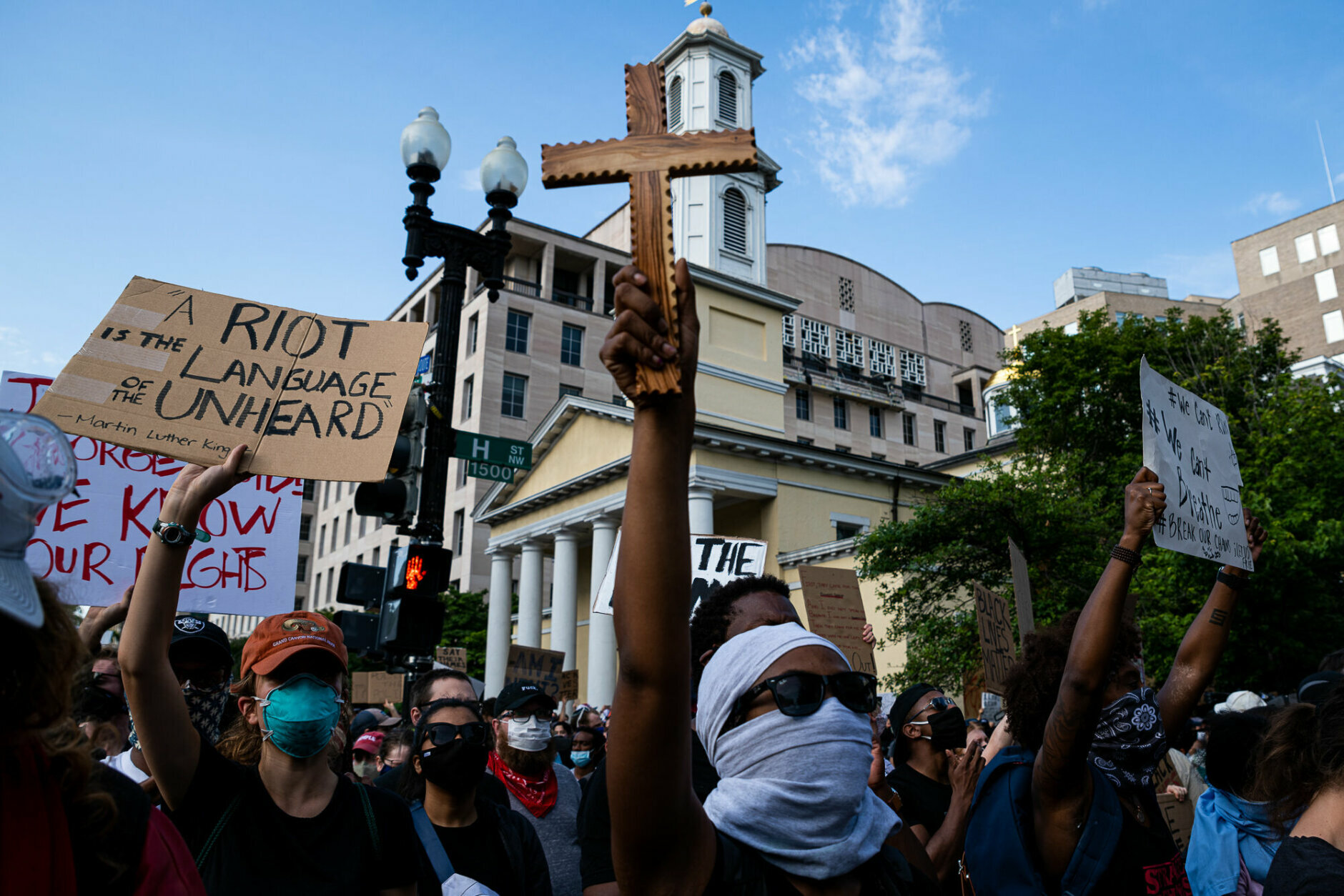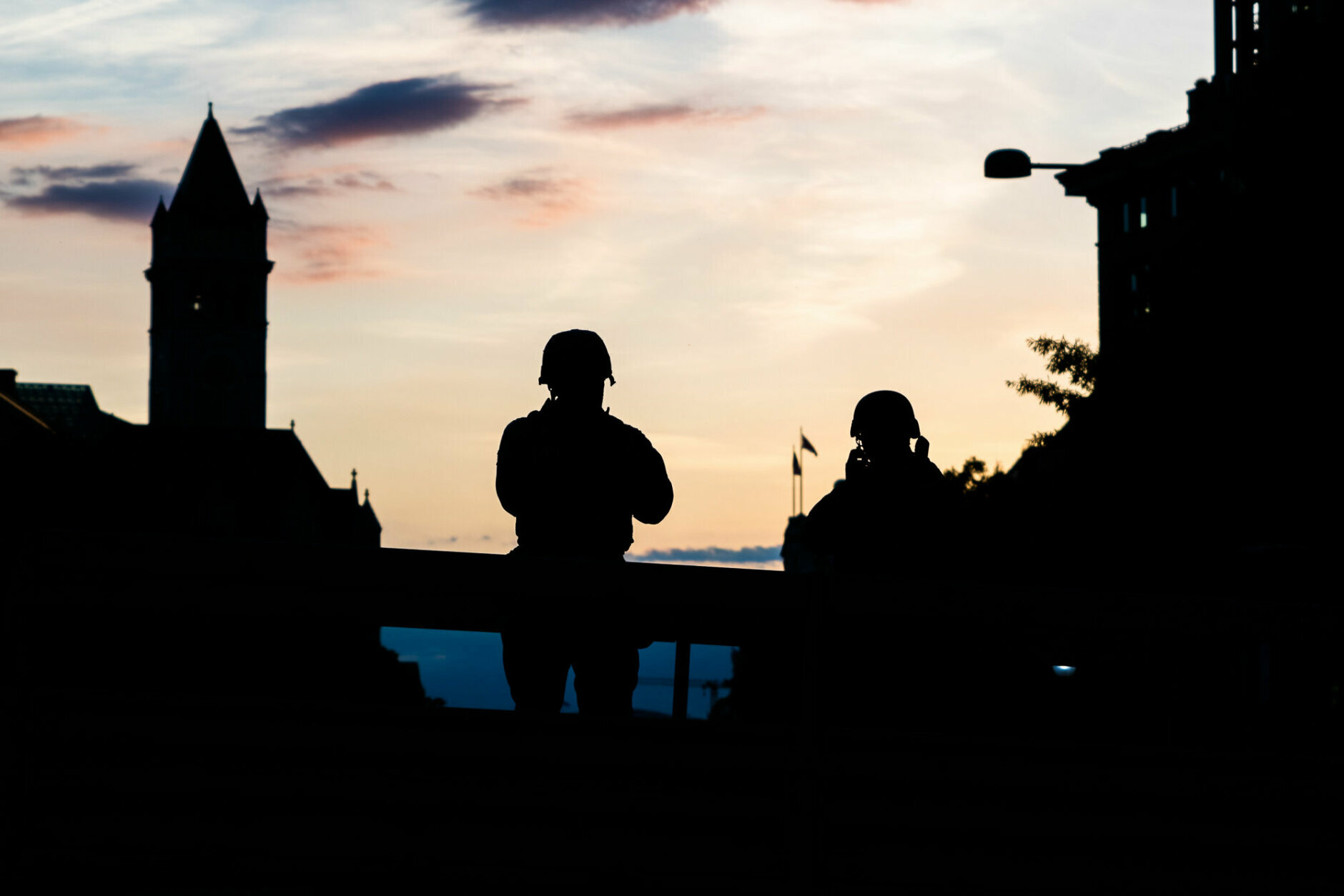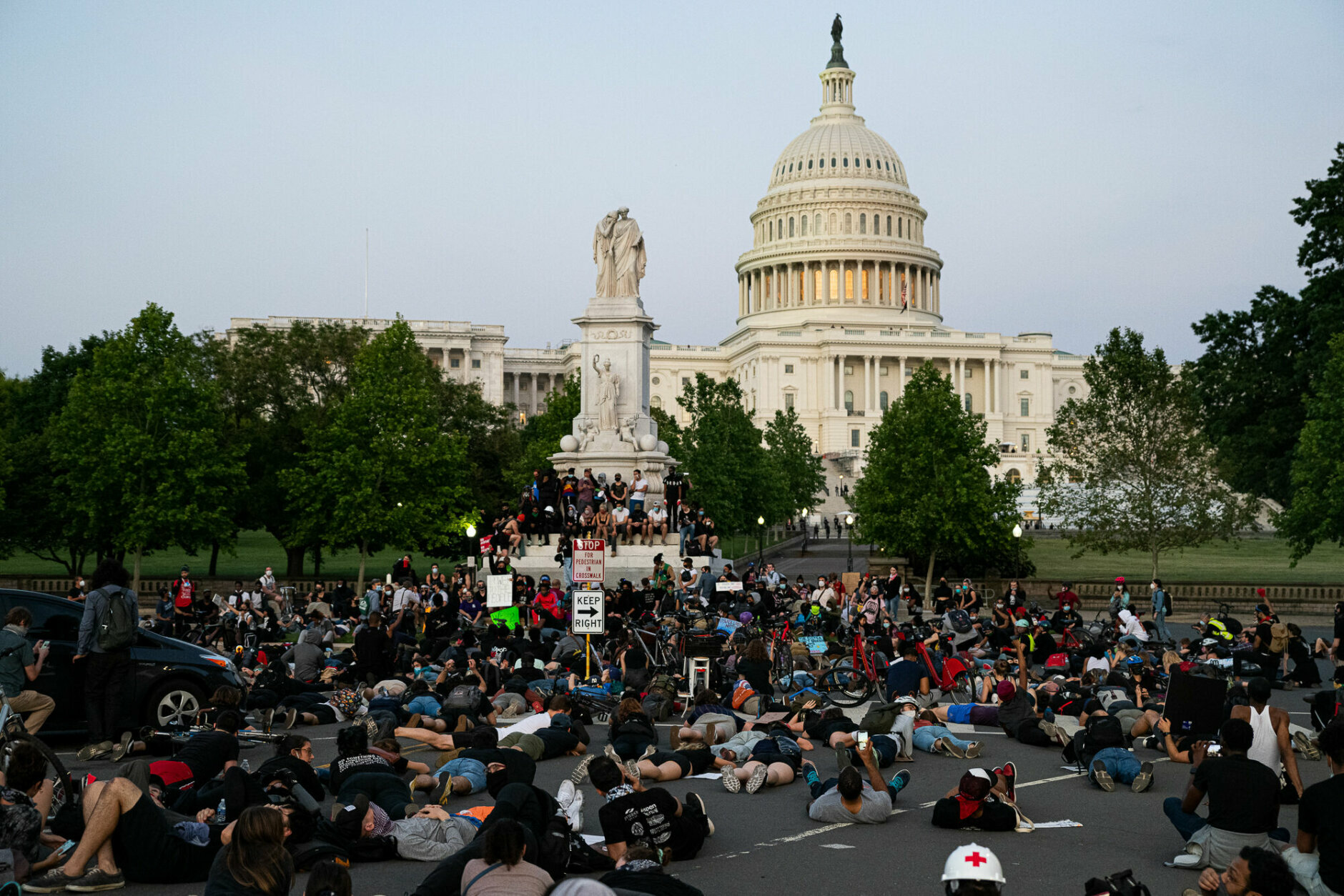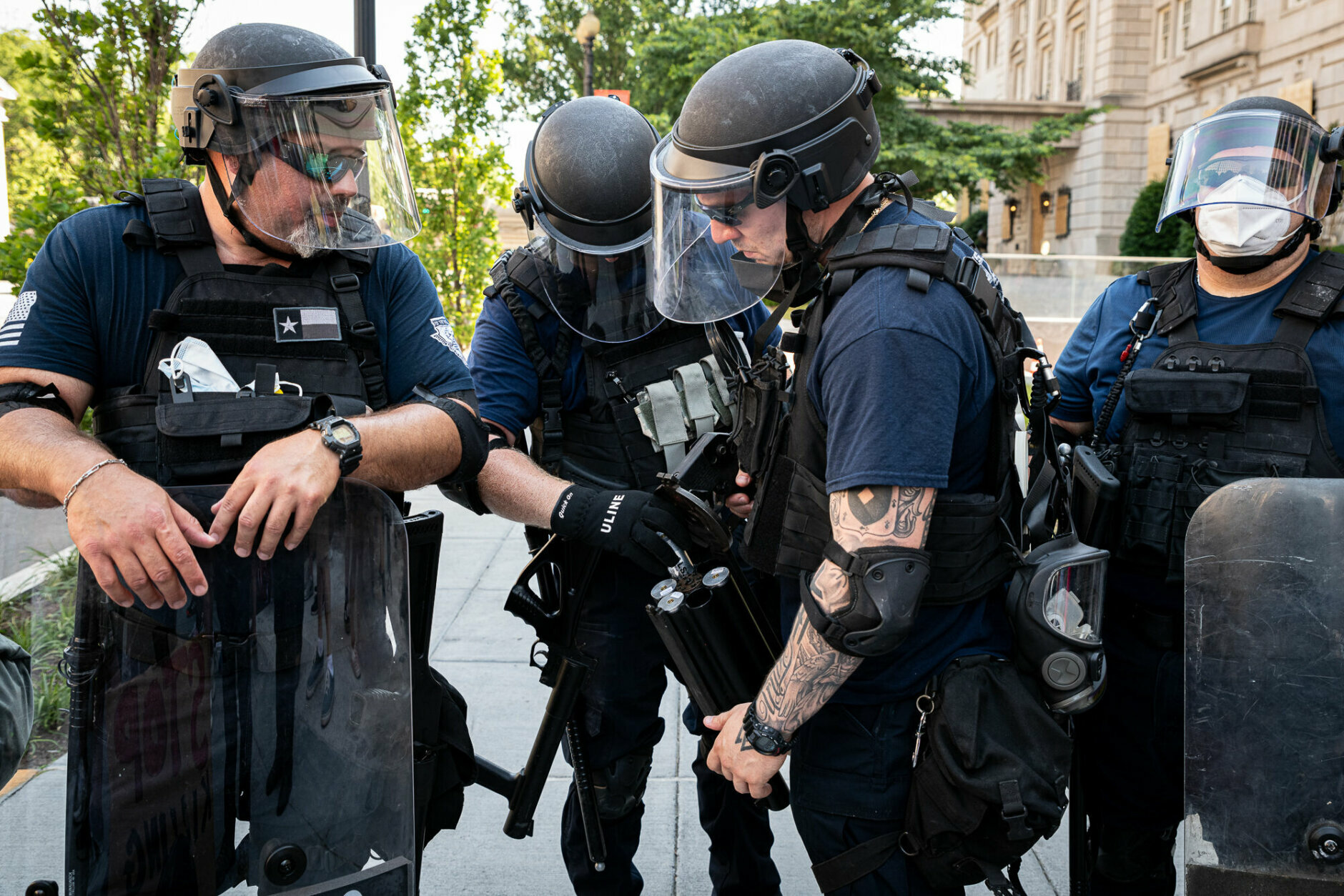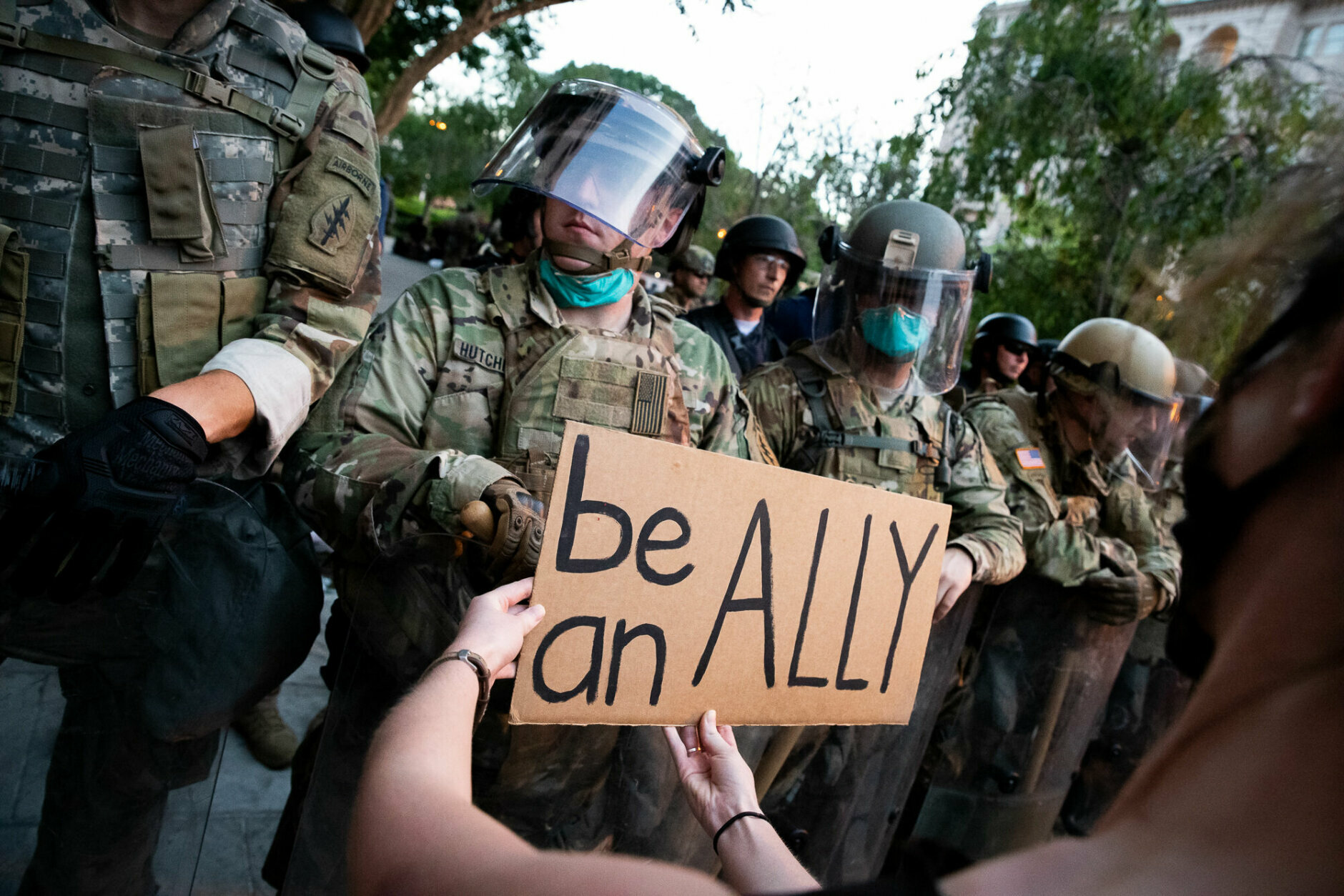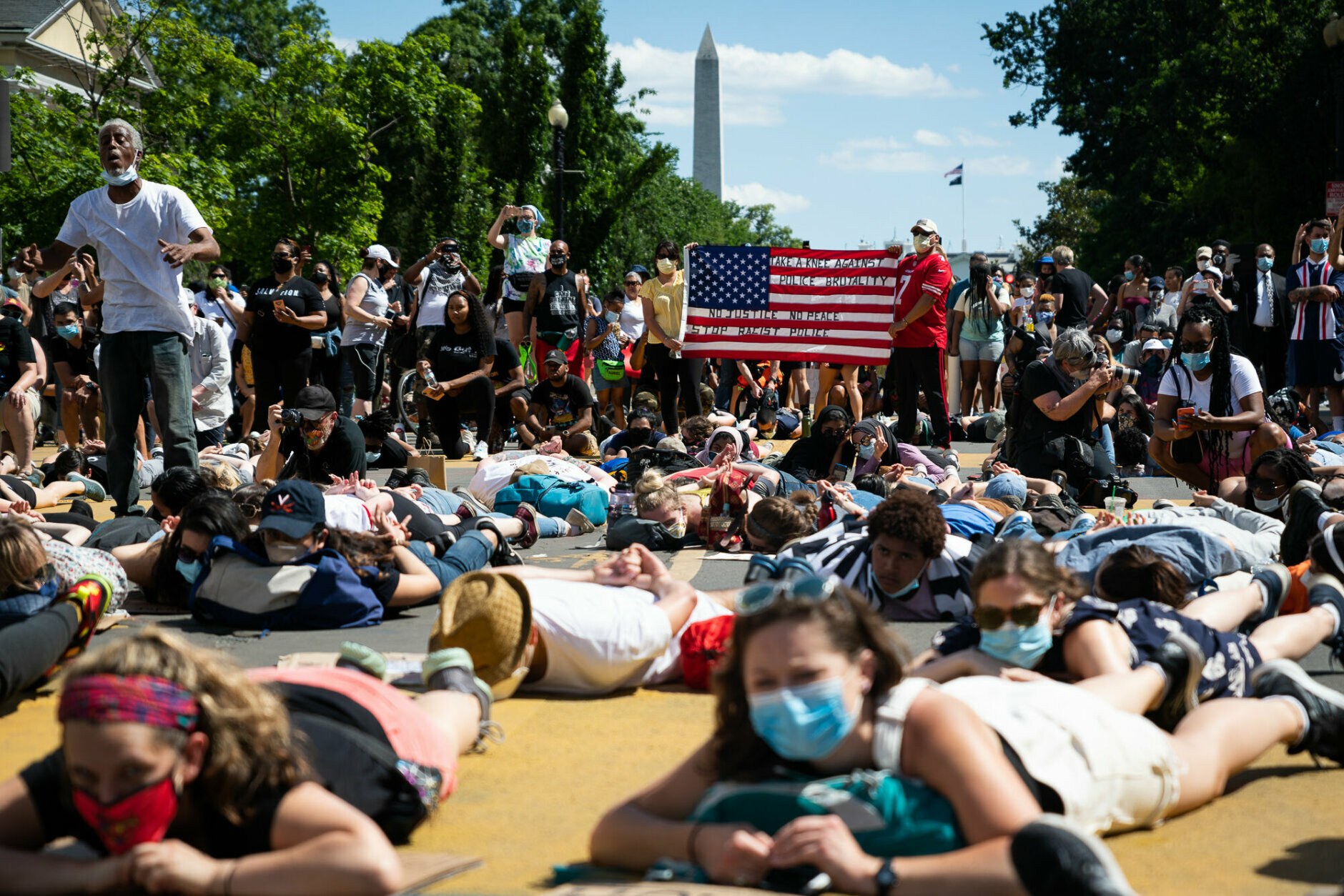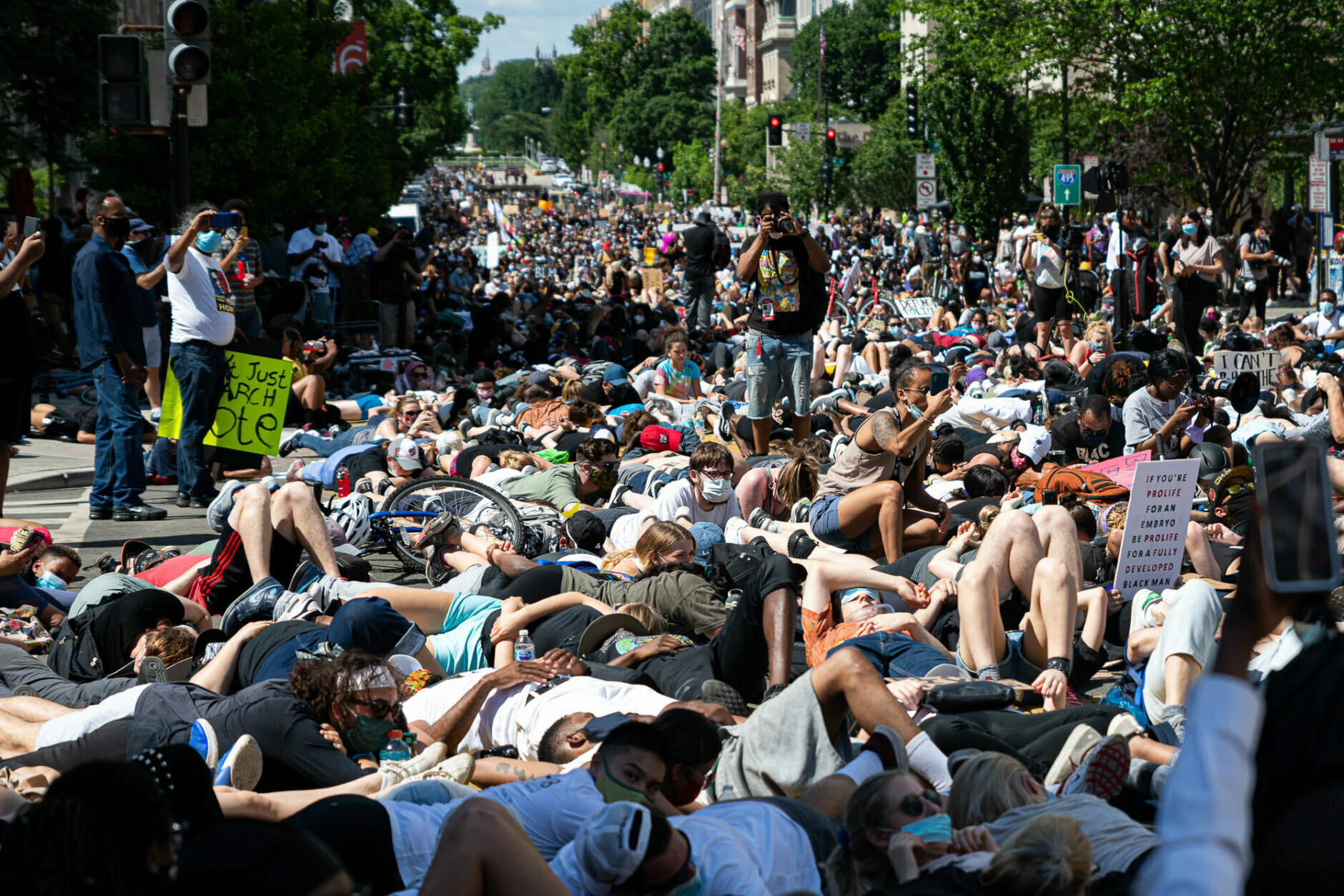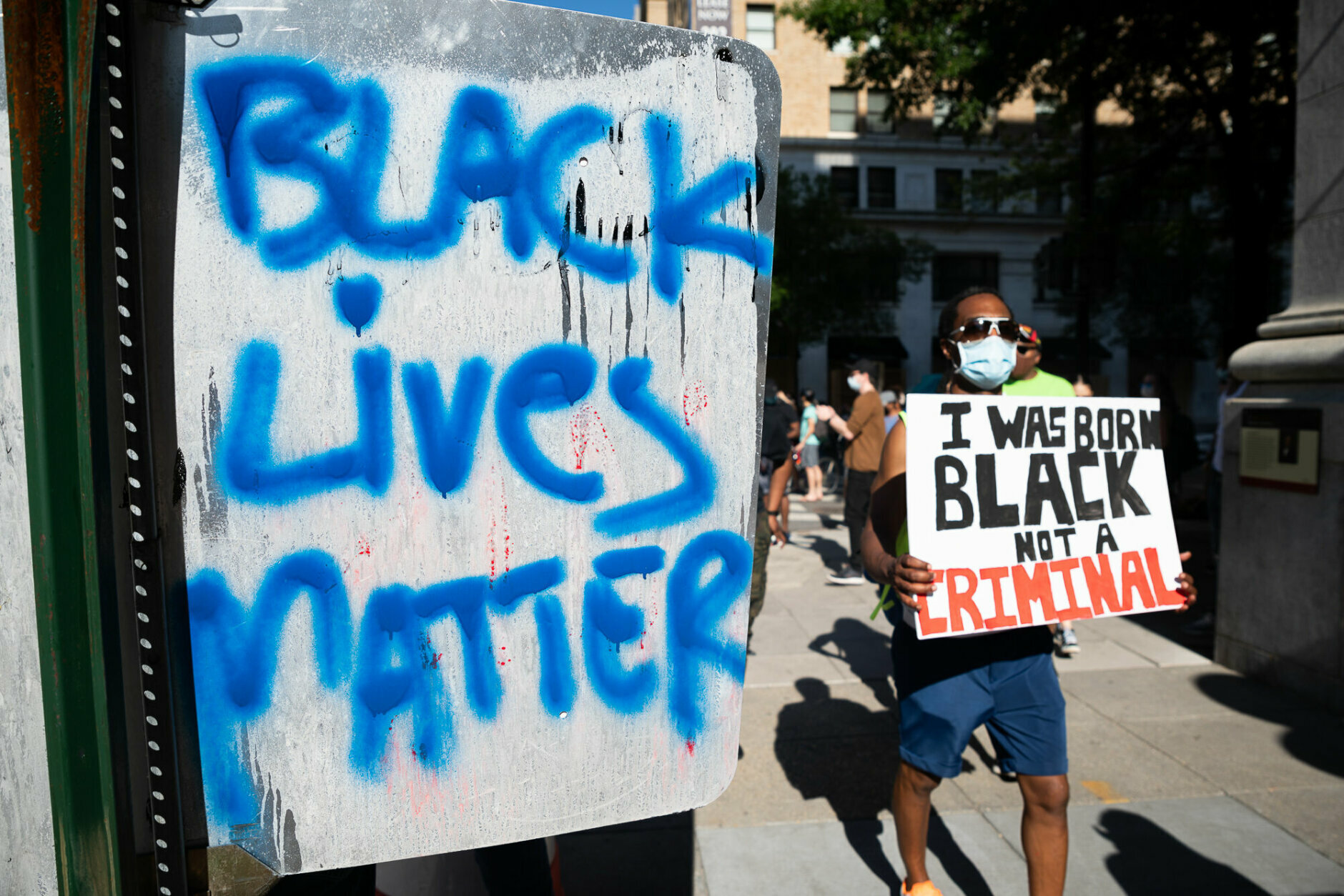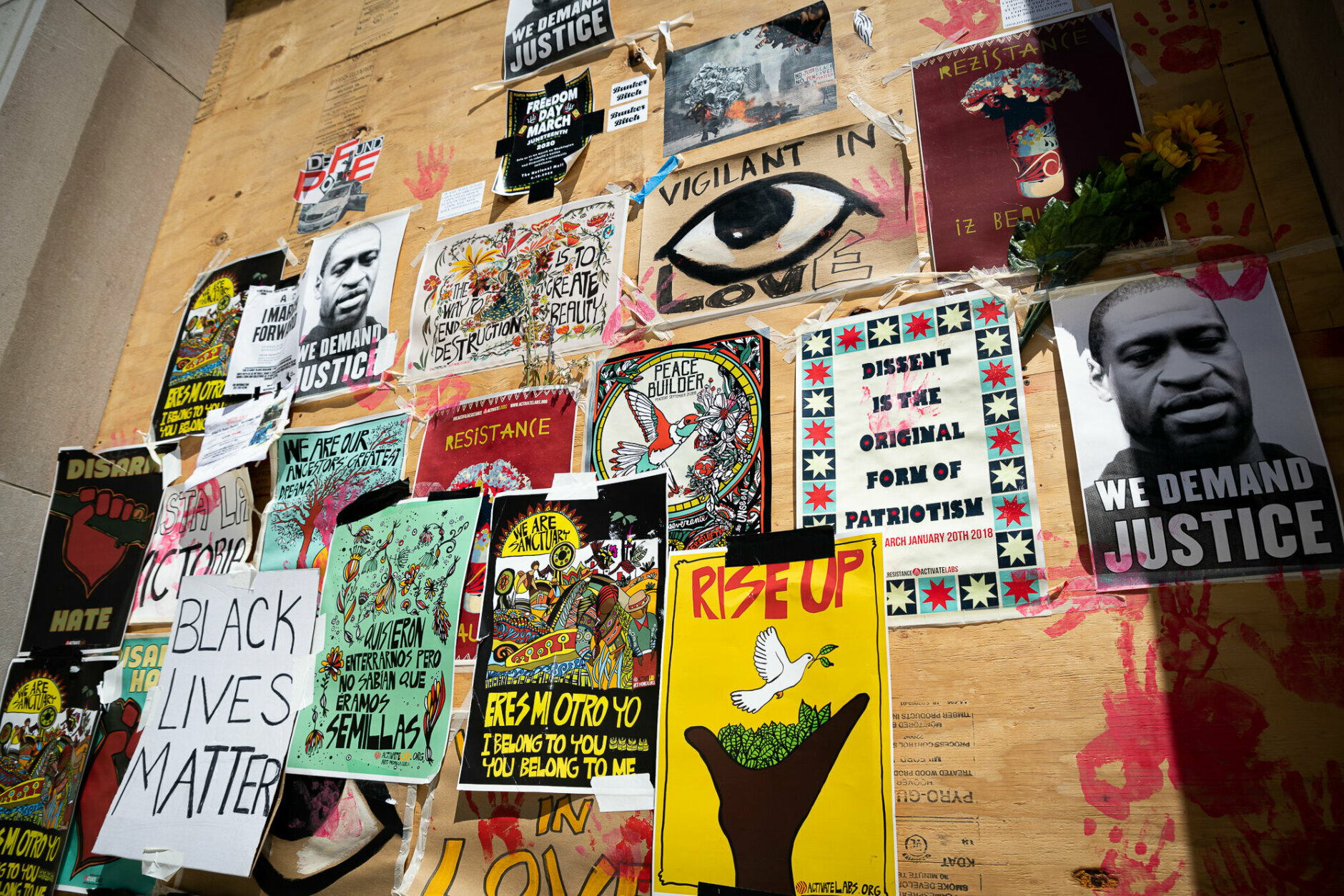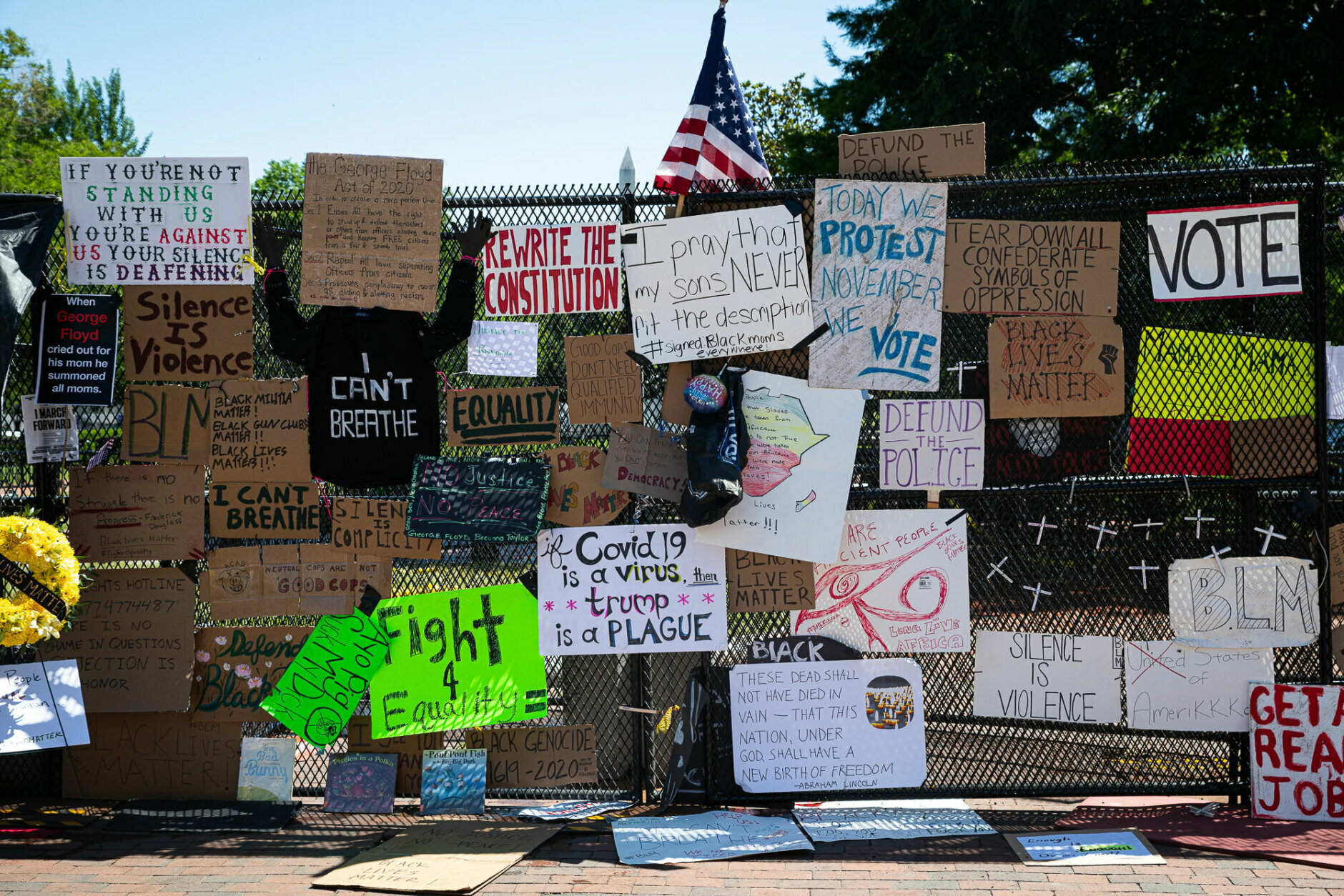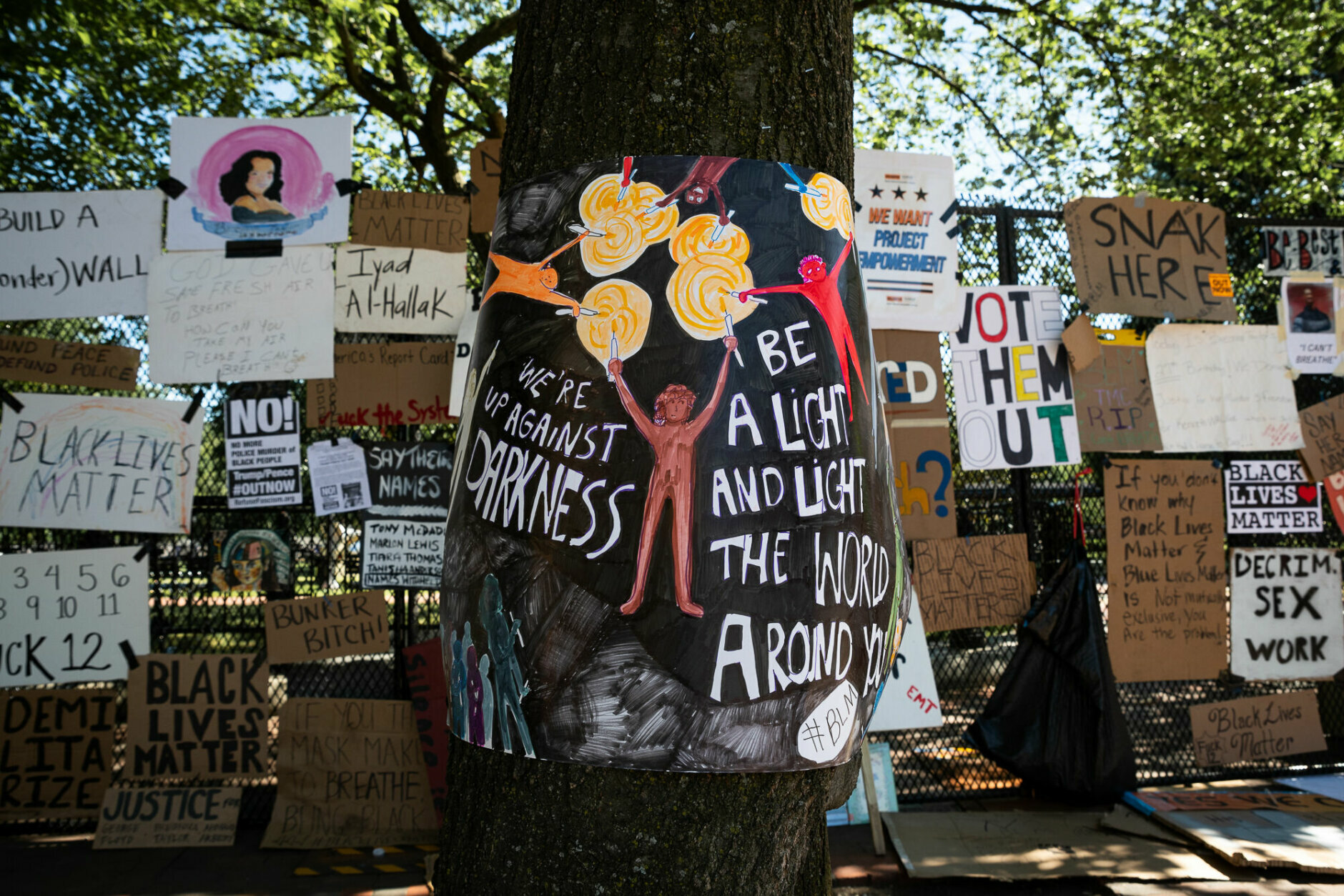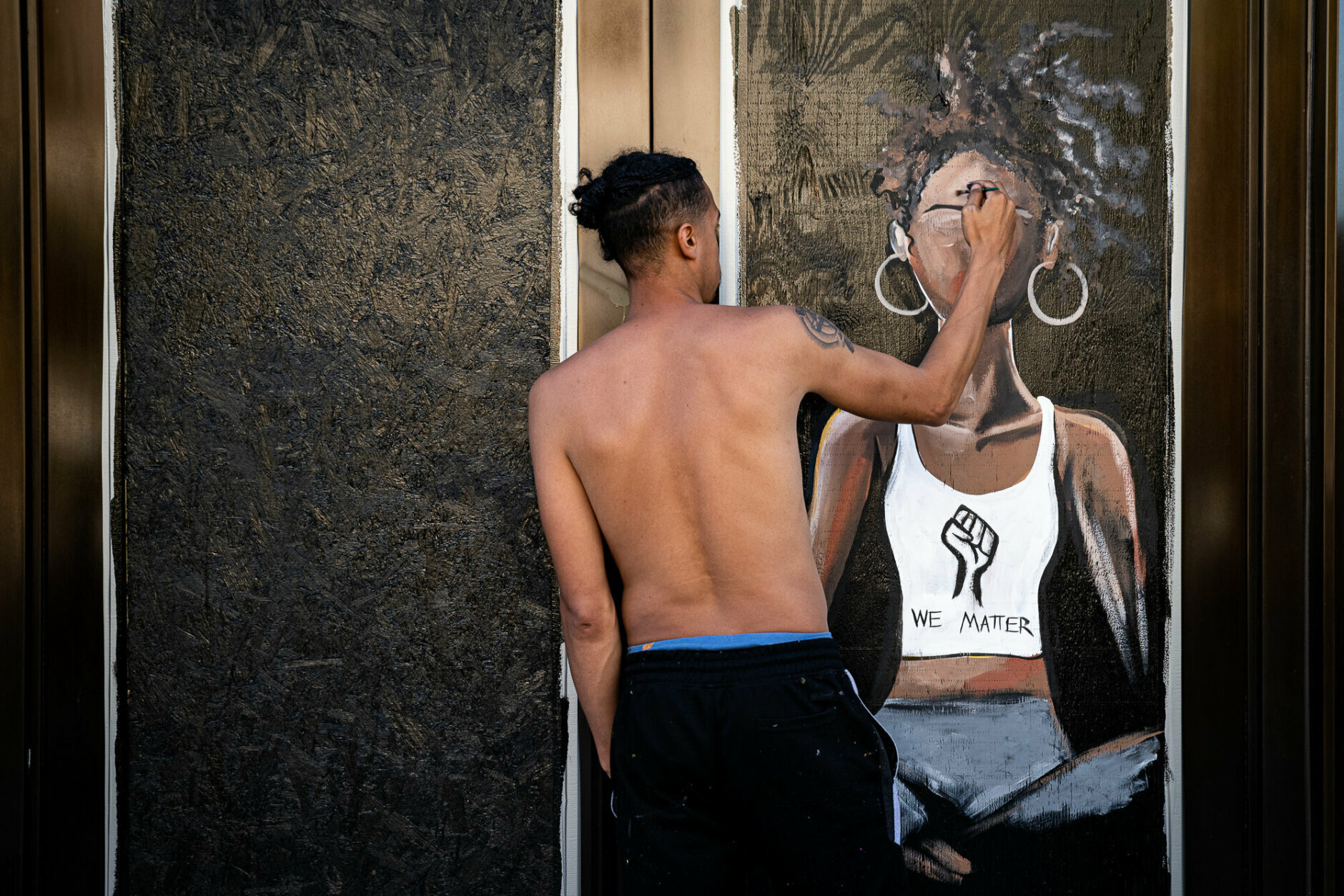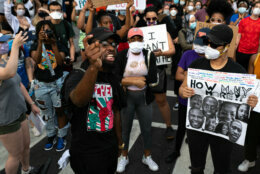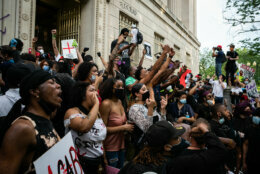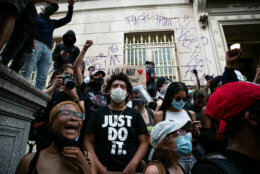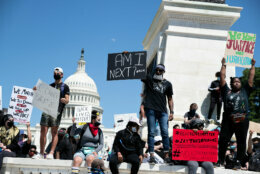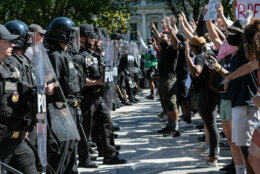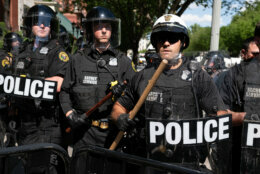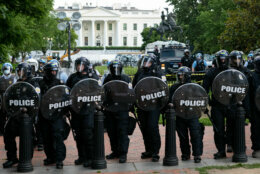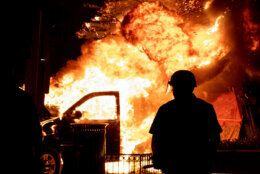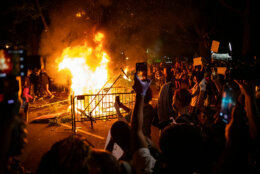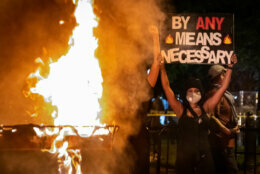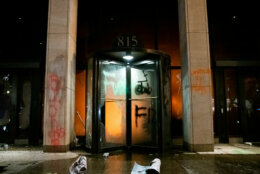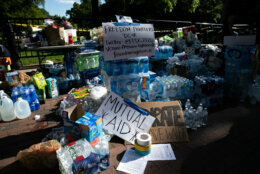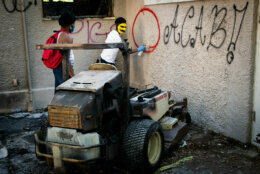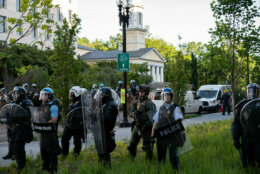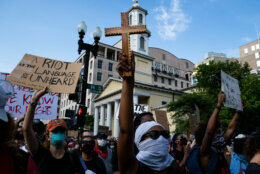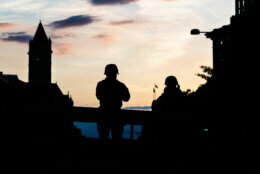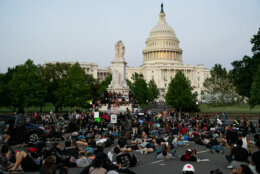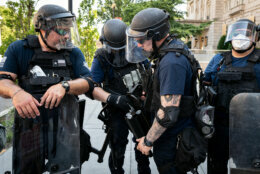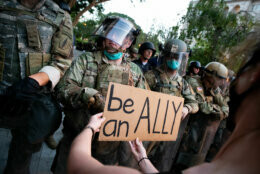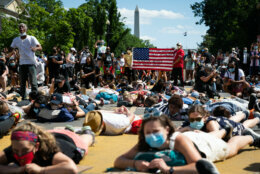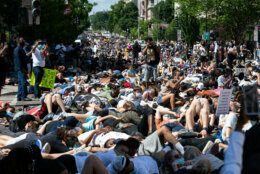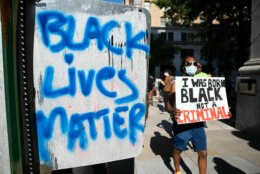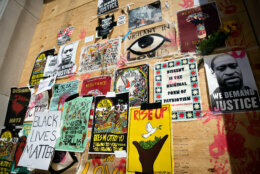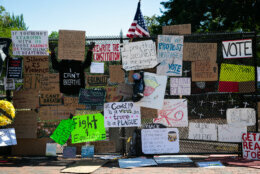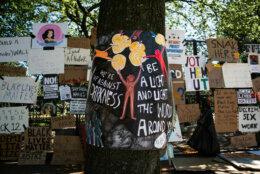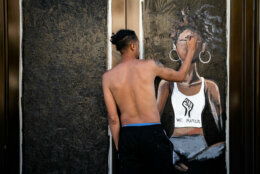D.C. is making headway on at least one metric it needs to see in order to start Phase Two reopening amid the coronavirus pandemic, officials said Wednesday.
There has been a nine-day decrease in community spread. A sustained 14-day decrease is one of the metrics that needs to be hit to move toward Phase Two of reopening.
But Mayor Muriel Bowser maintained Wednesday that the earliest the District could move into Phase Two is still more than a week away.
“As Dr. Nesbitt explained on Friday, the earliest we expect to move into Phase Two will be June the 19th,” she said. “We will be monitoring data very closely, and we believe in the coming days we will also have a sense of the impacts about moving into Phase One, and what impact that has had on our experience with the virus.”
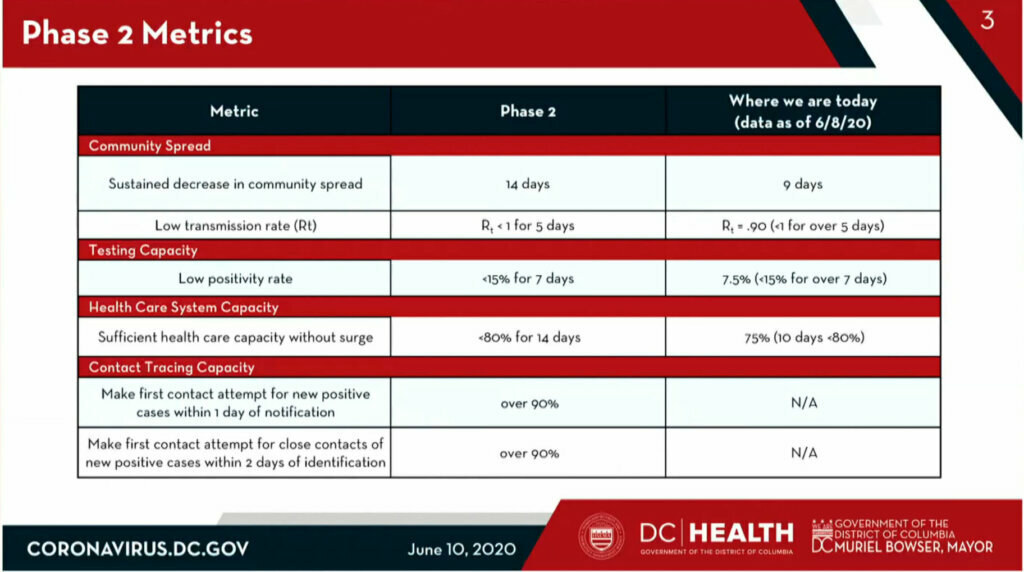
D.C. also unveiled a new coronavirus data dashboard online. It tracks the metrics it needs to hit to reach a potential Phase Two reopening.
Data on the city’s ability to contact trace new cases is set to go live Thursday, D.C. Health Director Dr. LaQuandra Nesbitt said. As does data on the ability to trace close contacts.
“That’s because we’re in the process of switching to a new data system that our contact tracers use that give us our status as to where we are in meeting that metric,” Nesbitt said.
Officials also urged people to talk to their health care providers and get tested — especially if they’ve participated in any of the recent demonstrations in the District in the wake of George Floyd’s police-custody death.
REOPENING PLANS AROUND THE REGION
- Northam: Northern Va. to enter Phase Two on Friday
- DC lifts some COVID restrictions
- Prince George and Montgomery counties not reopening yet
- Maryland reopens nonessential businesses
DC contact tracing
The District is increasing the ranks of its contact tracers.
Bowser said the Department of Health had a contact tracing team of about 65. It has since been built up to 200, with more to come.
“We are going to add an additional 100 D.C. government employees who will be detailed to the trace force by June 15,” Bowser said.
She added that there is also a reserve group that could be brought into the task force.
“We also continue to be able to tap into a group of applicants who have applied for the trace force that we can flex up our team as our experience with the virus dictates,” Bowser said.
Contact tracing itself is a process of identifying individuals who are COVID-19 positive, investigating their cases and then contact tracing individuals, Nesbitt said.
“What we describe as case investigation is really a detailed interview that is usually done over the phone with residents who are confirmed positive with COVID-19. And that allows us the opportunity to identify all of their close contacts,” she said.
“The contact tracing process is what happens after that, where we notify, interview and conduct what’s called ‘public health monitoring’ in individuals who are the contacts of the original case and were exposed to the virus.”
Nesbitt said they collect information that’s required to be reported by strict government laws, and explained what residents can expect if the health department calls and someone has tested positive for COVID-19.
“We collect some demographic information in this use, things such as the race and ethnicity of the individual if that has not previously been reported to us,” she said. “We also like to confirm age or date of birth, as it may have been documented by the original tester or health care provider.”
“We also want to know how the person is feeling overall, so we can get a sense if the individual was with symptoms or without symptoms when they were tested. And, if they were without symptoms when they were tested, if they’ve developed symptoms now, and it’s critically important for us to be able to put together a picture of who’s developed COVID-19 in the District of Columbia.”
- Sign up for WTOP alerts
- Latest coronavirus test results in DC, Maryland and Virginia
- Coronavirus FAQ: What you need to know
- Coronavirus resources: Get and give help in DC, Maryland and Virginia
- Northam: Northern Va. to enter Phase Two on Friday; schools to reopen in fall
- Hospitality and tourism leaders discuss way forward with DC-area reopening
- Finding a recipe for recovery: Local restaurant industry feels COVID-19 impact
Looking for more information? D.C., Maryland and Virginia are each releasing more data every day. Visit their official sites here: Virginia | Maryland | D.C.
They also ask about risk factors, such as if they are in high-risk professions where contact with individuals will be highest, or if they live or work in congregate settings. Other things people should expect to be asked is about their recent movements.
Nesbitt said there are certain things D.C. Health will never ask about: immigration status, a person’s Social Security number, their financial information or credit card numbers.
Disease investigator Malachi Stewart, who previously focused on tracking the spread of STDs and tuberculosis, said community help is vital to halt the spread of coronavirus.
“The most important aspect of that is really the participation of the community that tested positive,” Stewart said.
“Those initial case investigations where people are giving us the information, where they’re willing to recall some of their activities within the period of interest that we’re looking for, that has been the most important thing.”
Stewart acknowledged that the calls can feel weird or frightening. “We acknowledge that … we are sometimes contacting people when they’re really afraid. And they don’t always have resources,” he said.
“A lot of times, we are sensitive to the idea that we have to address, first, the need before we can ask anything of you, but I just wanted to encourage people that will be contacted, people who are potential exposures, to participate as much as possible, because it’s that participation that allows us to continue to achieve success and really see the curve be flattened.”
DC coronavirus numbers
D.C. reported 63 new coronavirus cases Wednesday. The total now stands at 9,537.
In addition, four more District residents have died from the disease, bringing the total dead to 499.
Below are maps for cases by ward, neighborhood and community spread.
